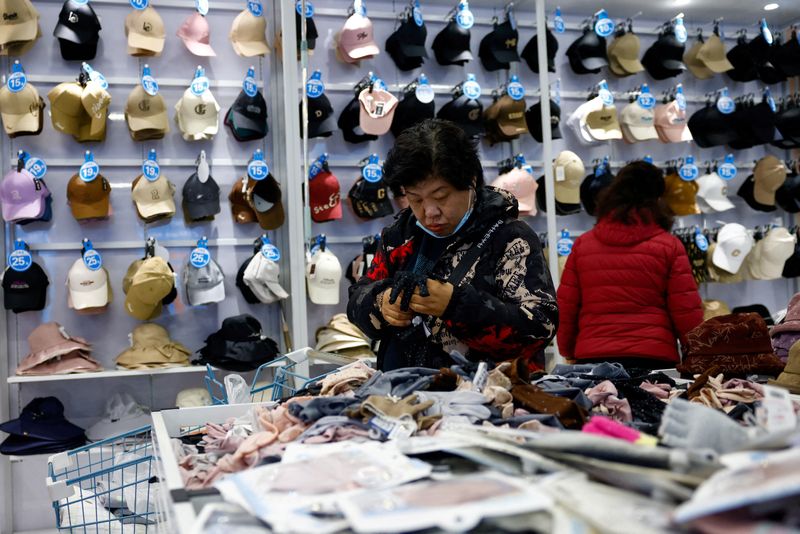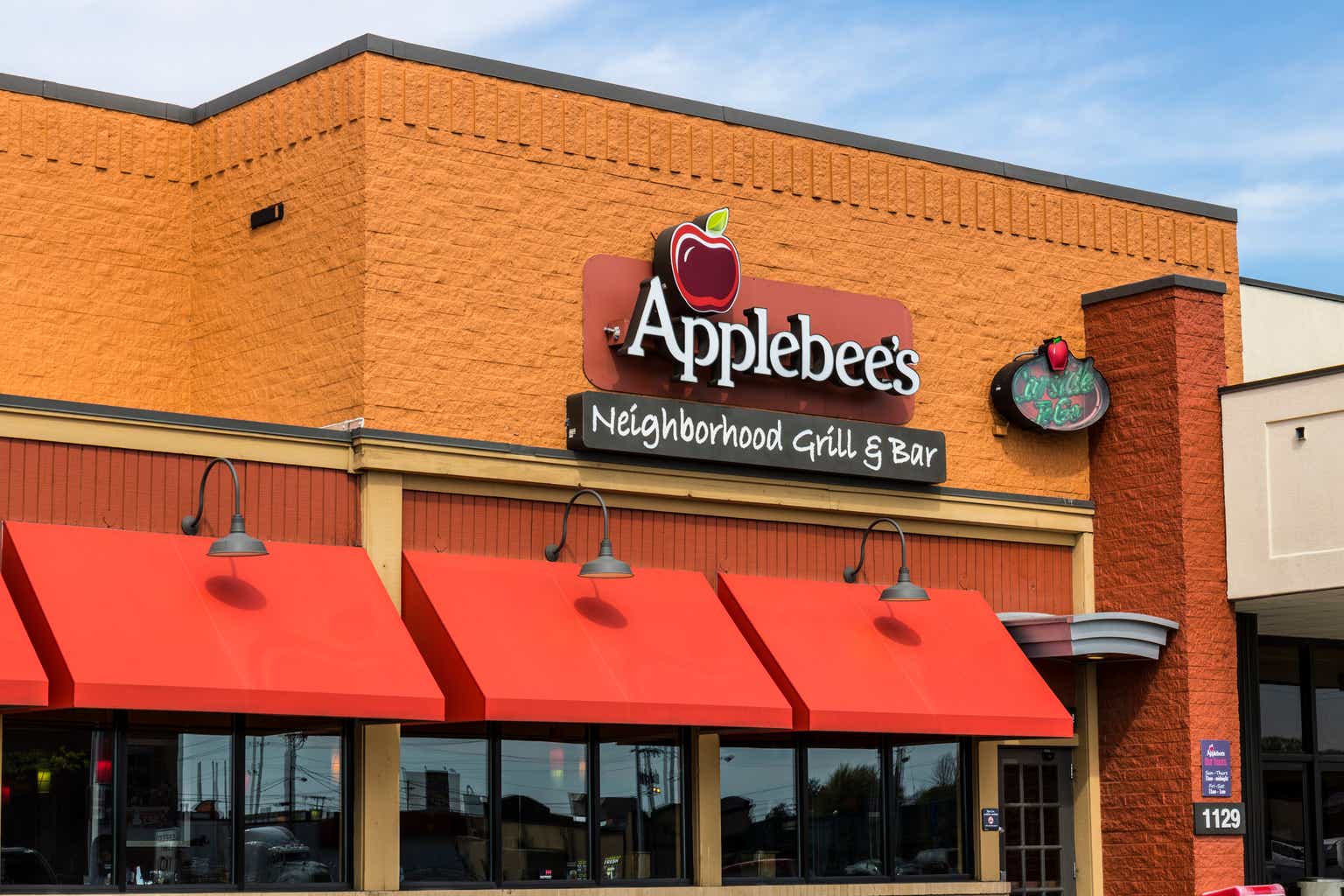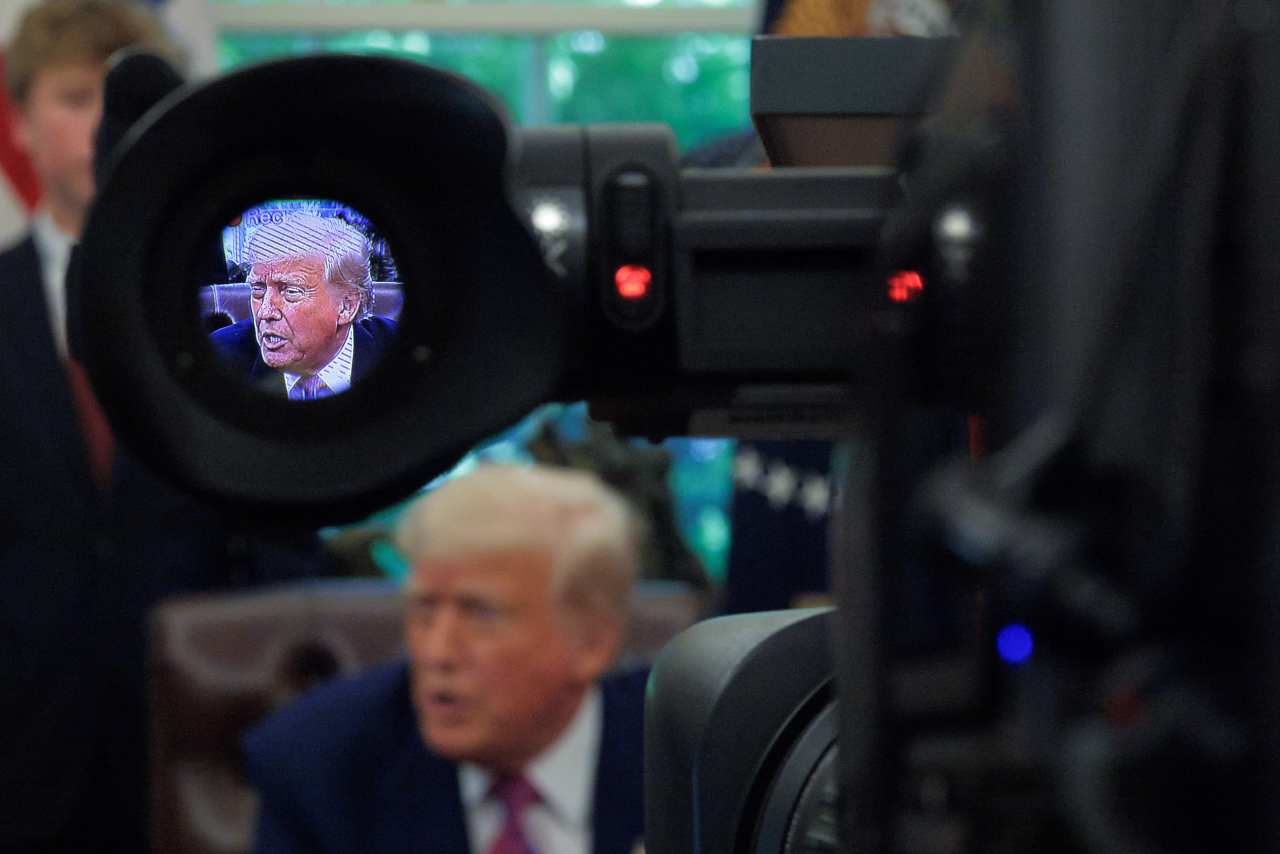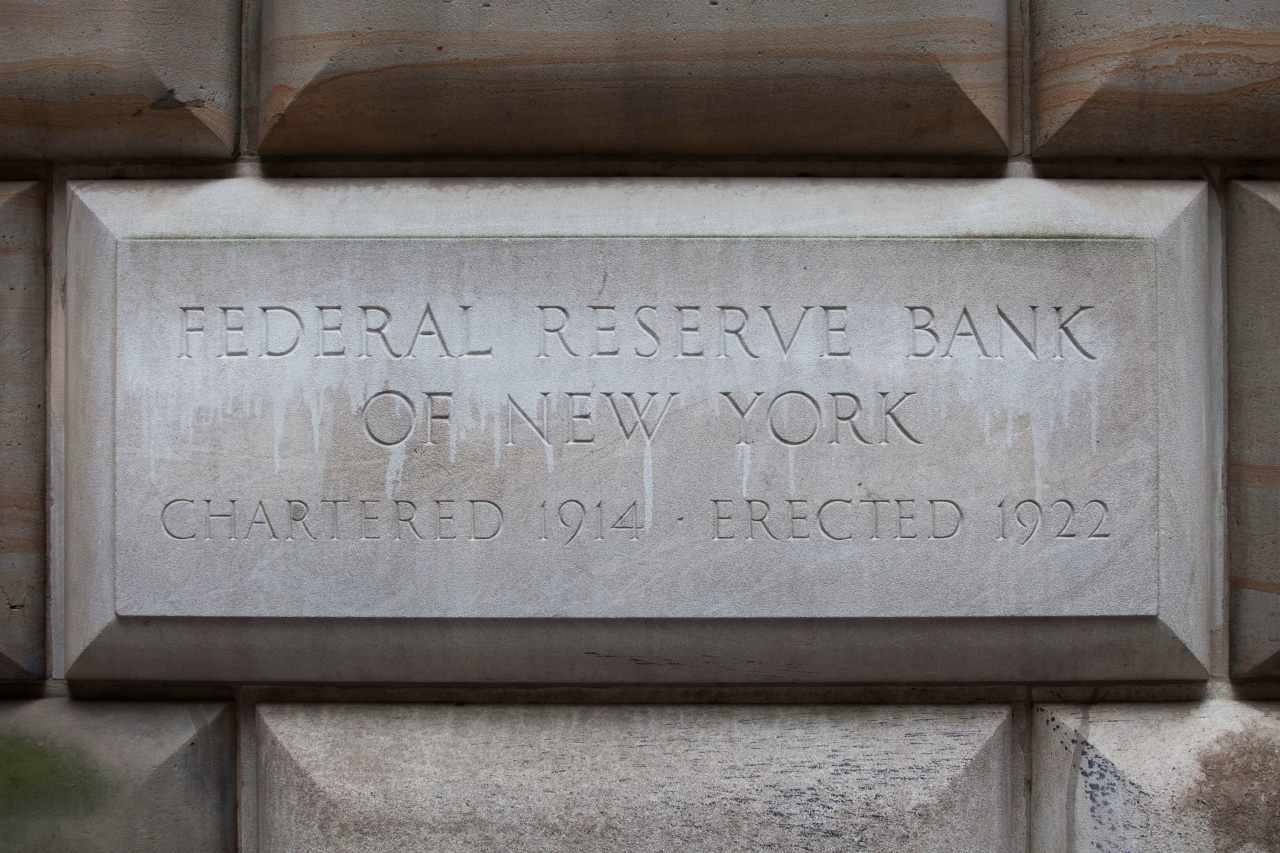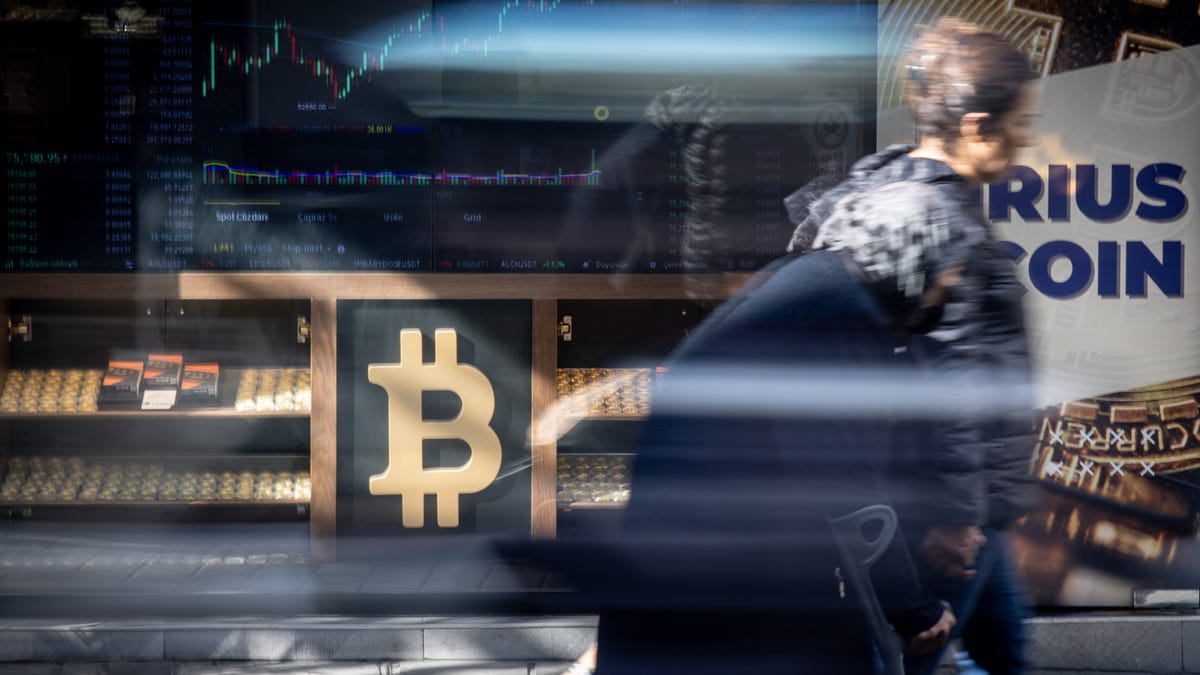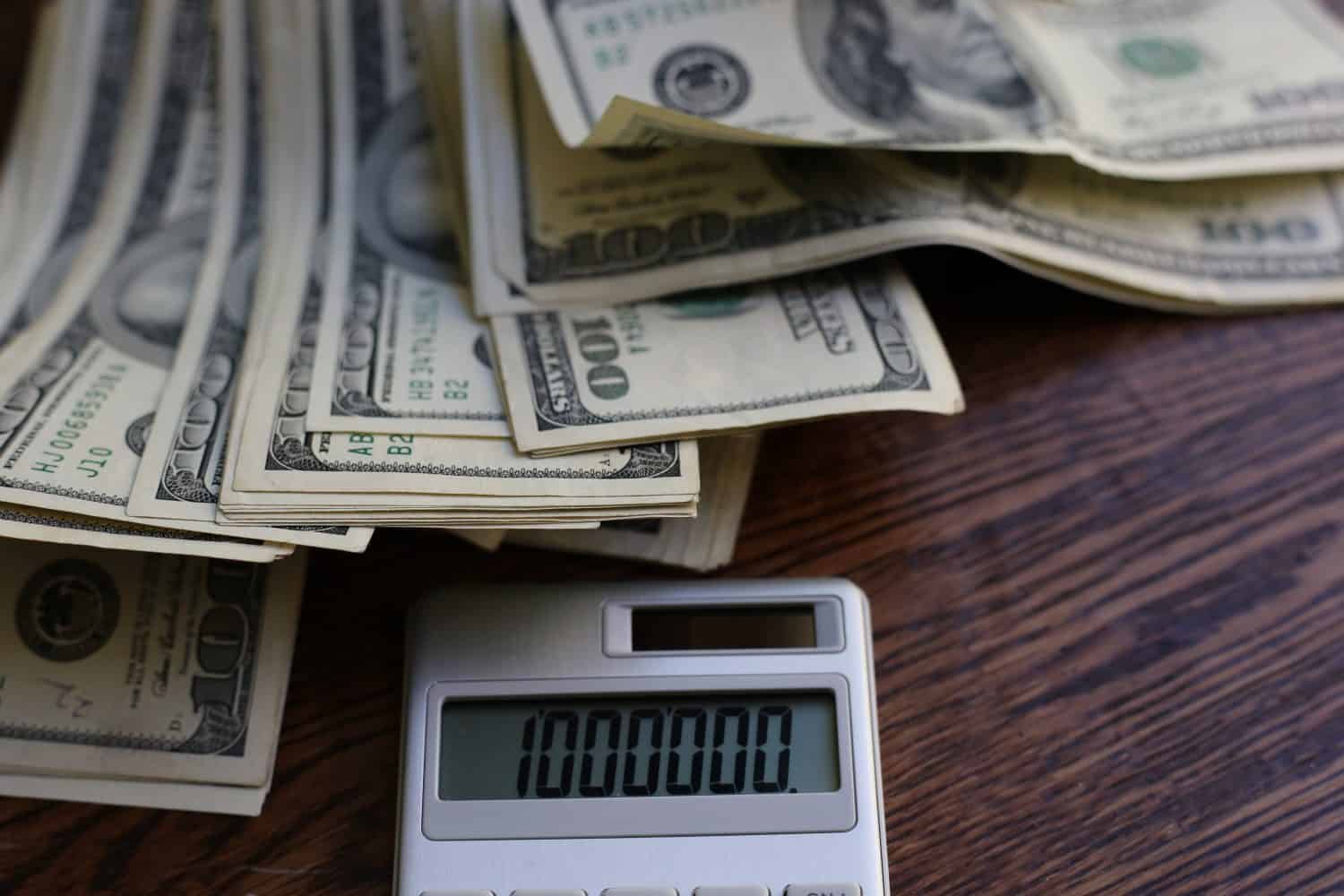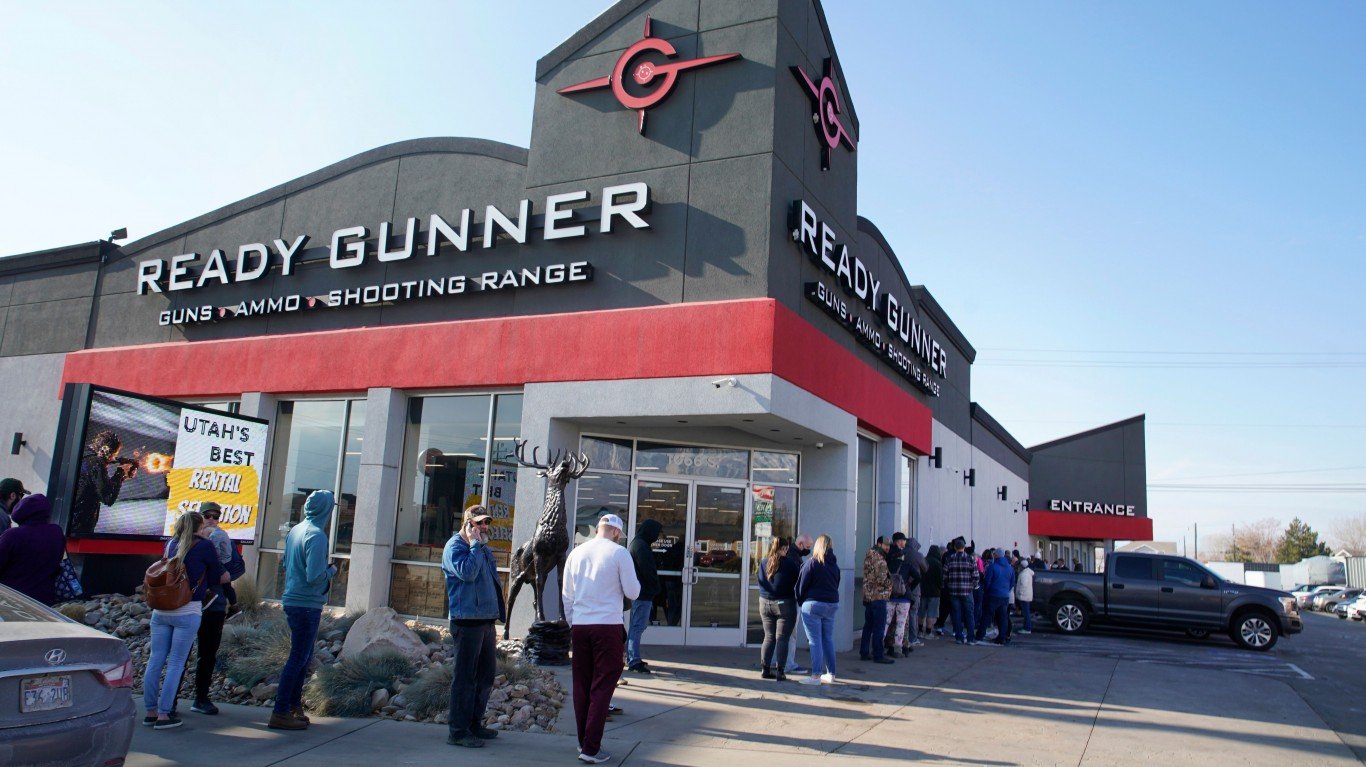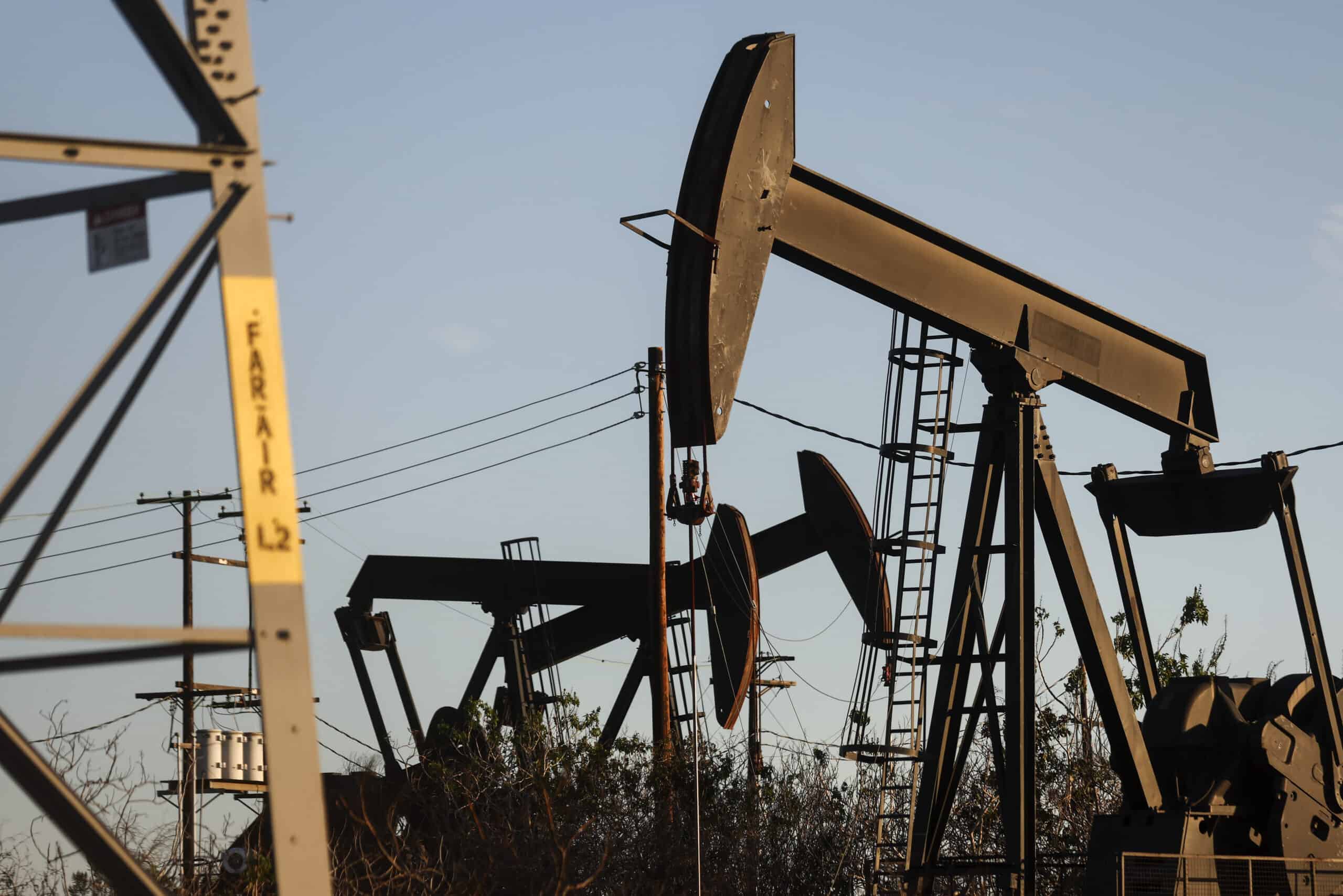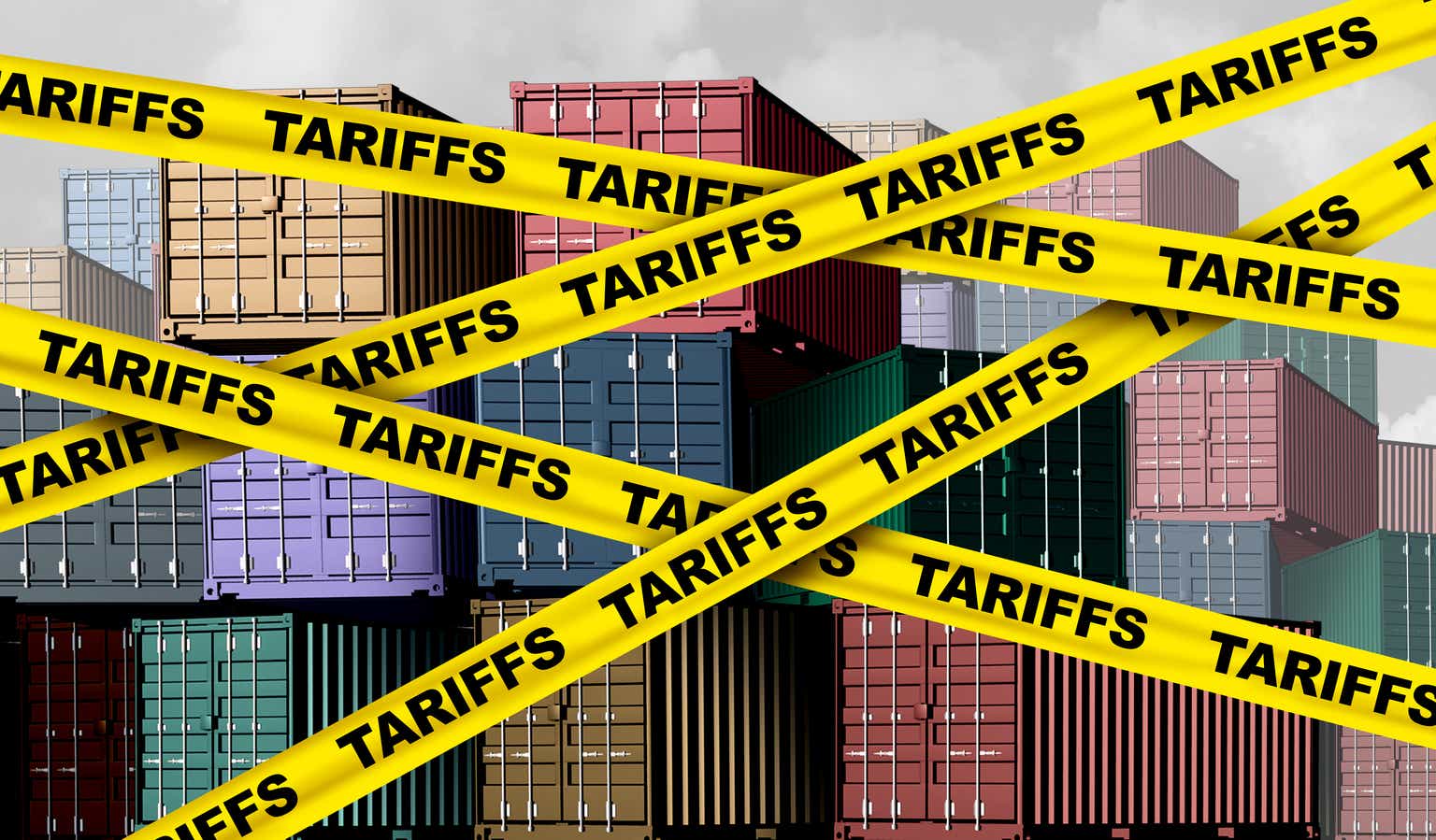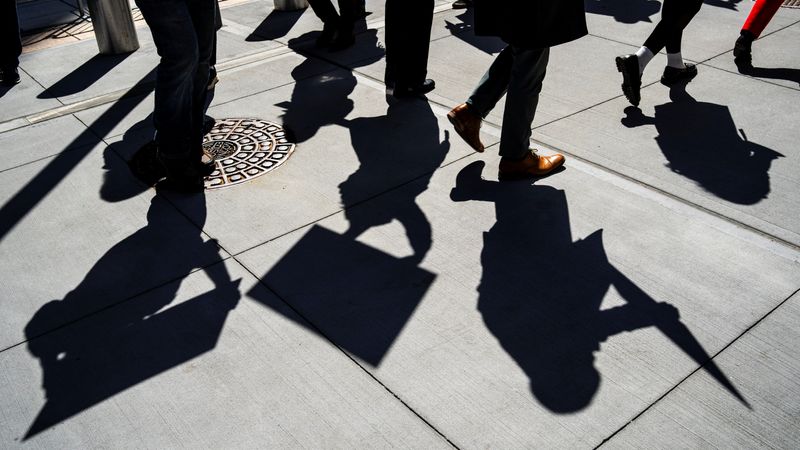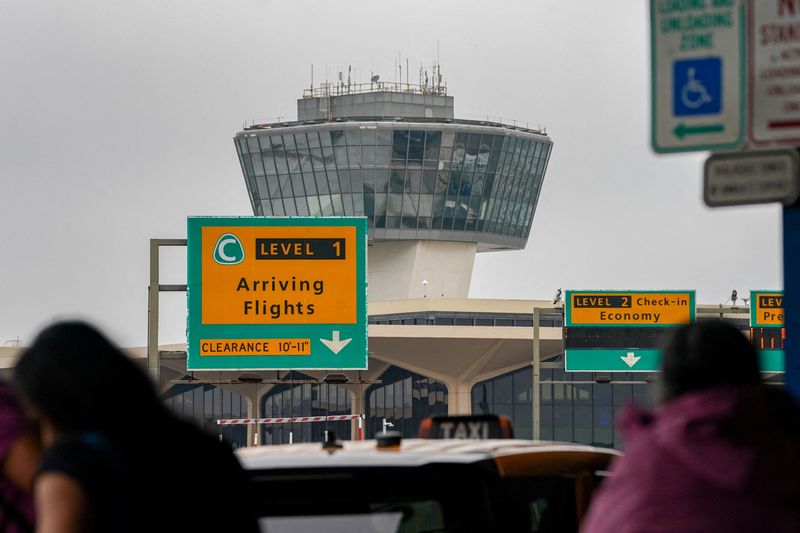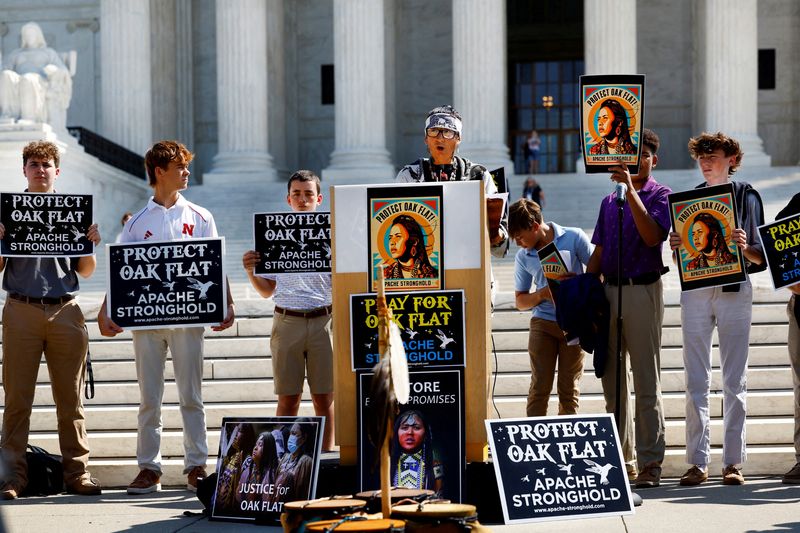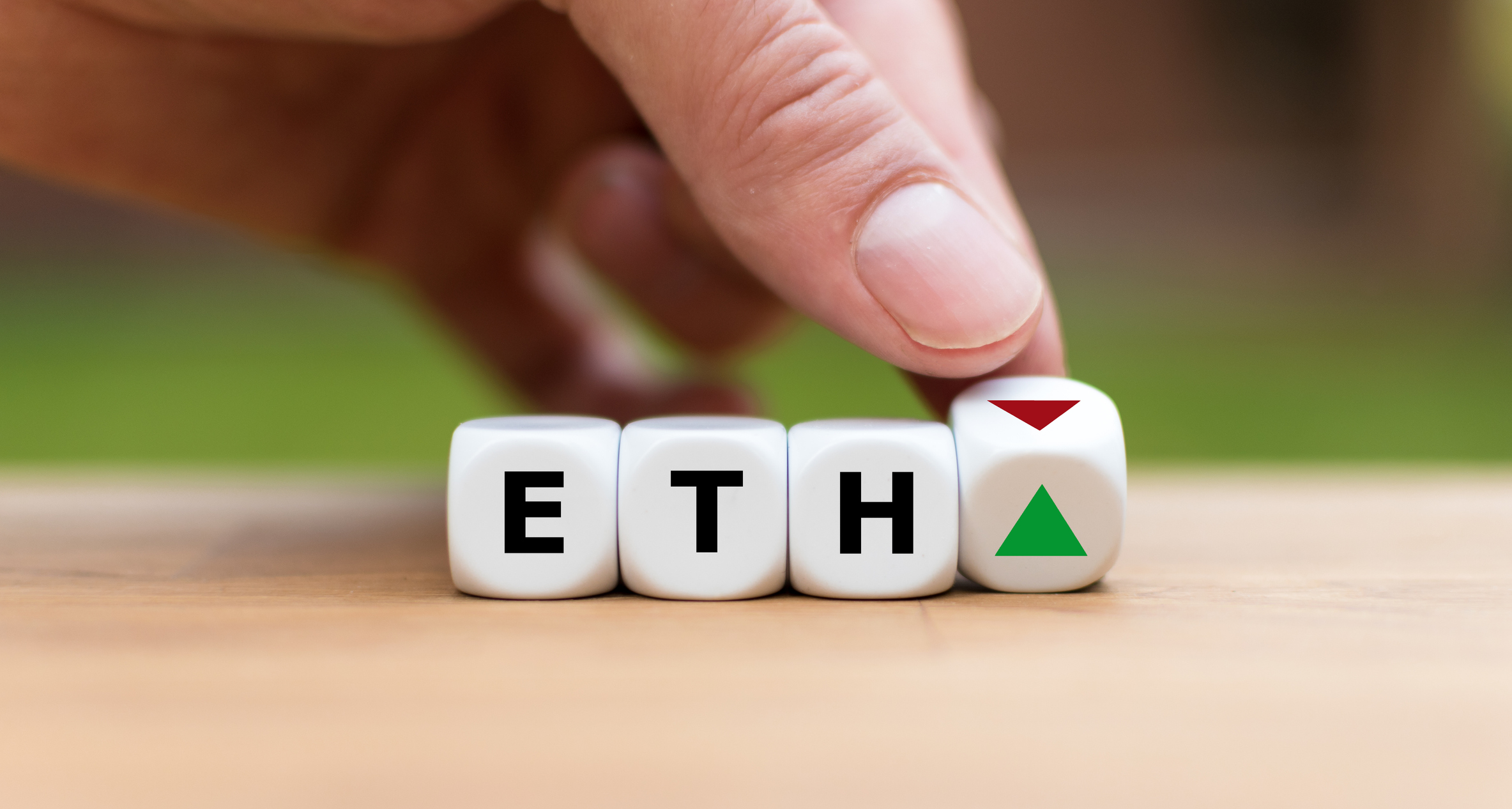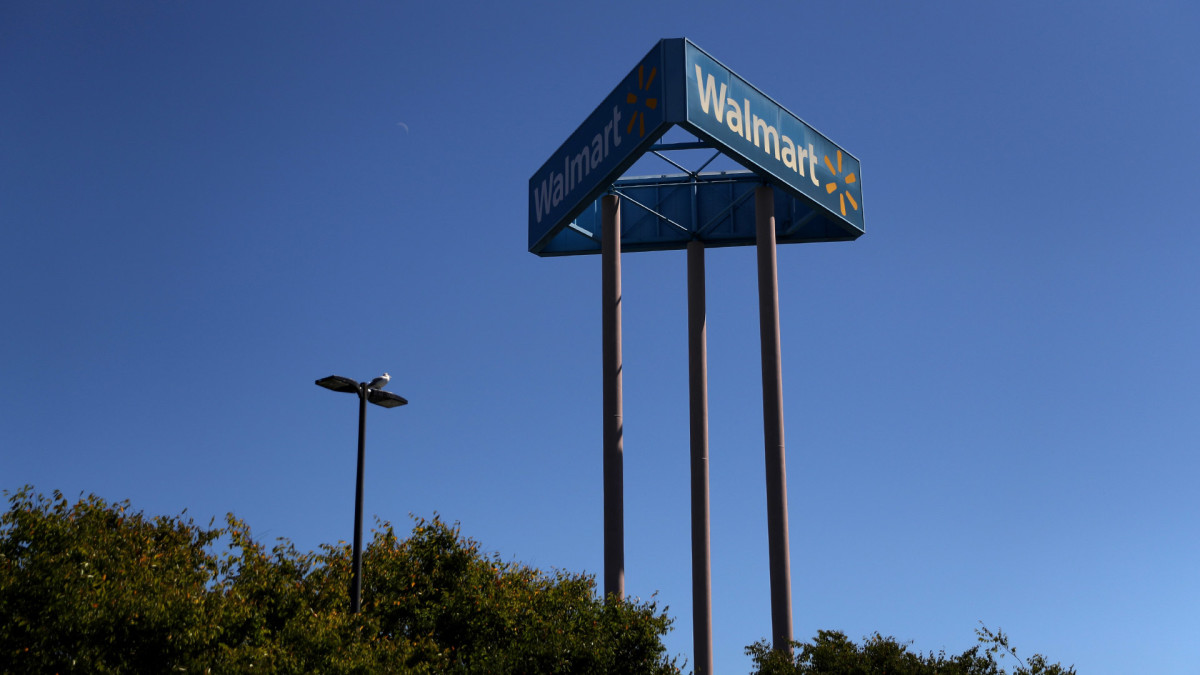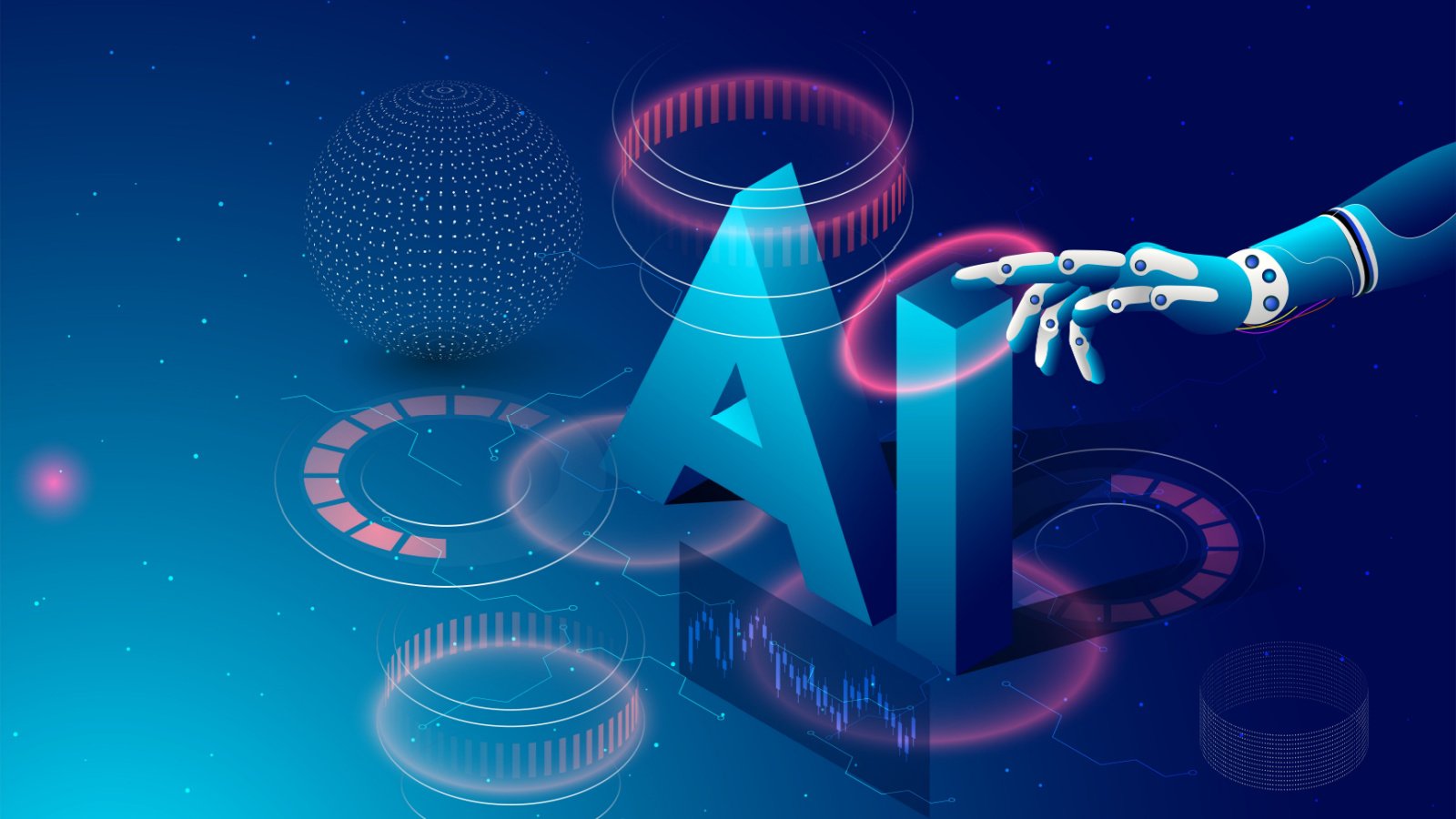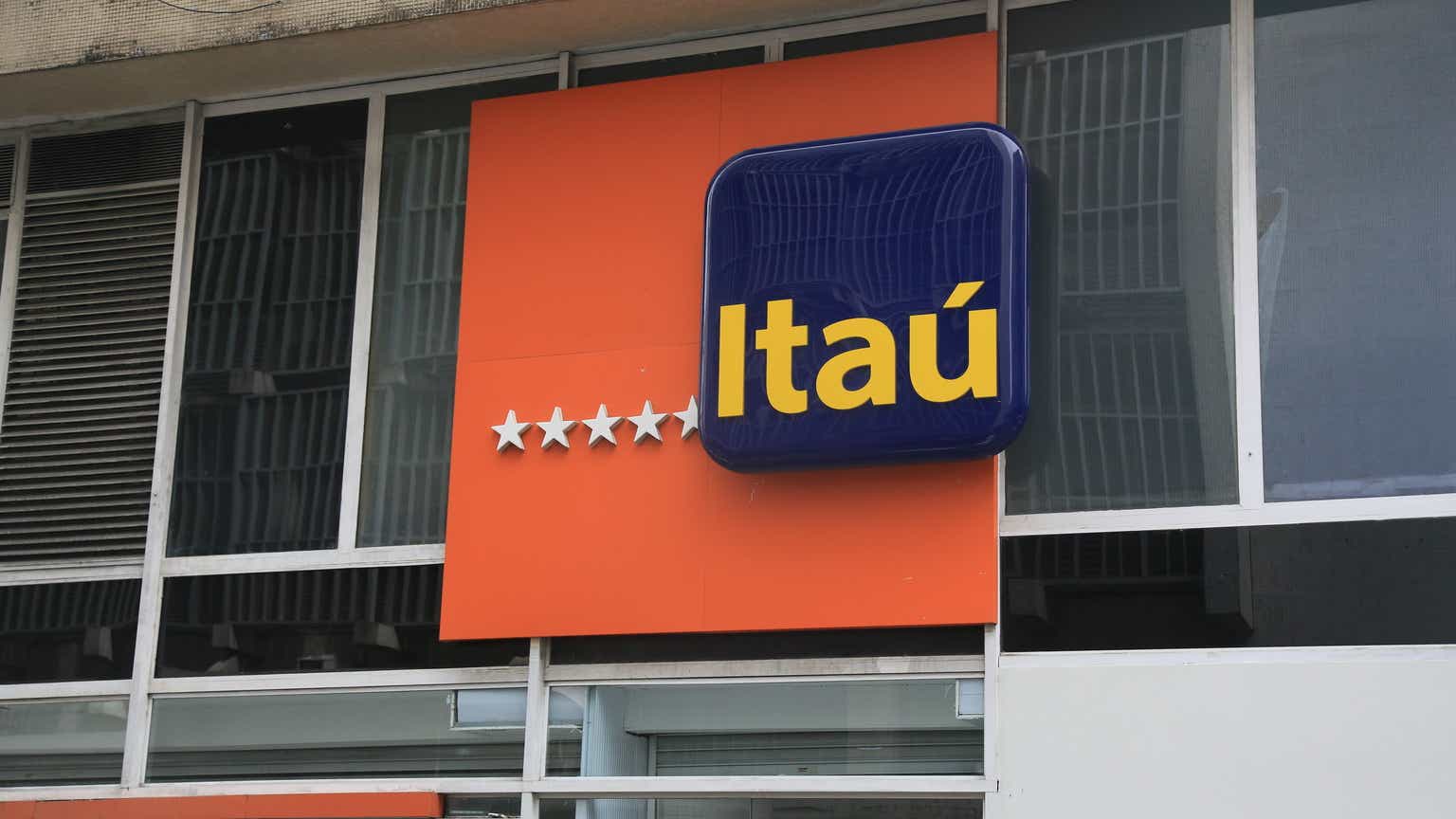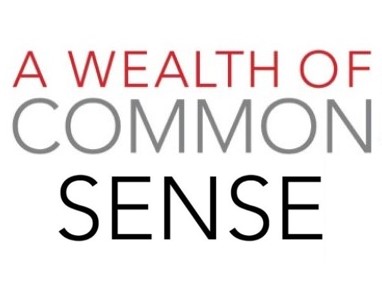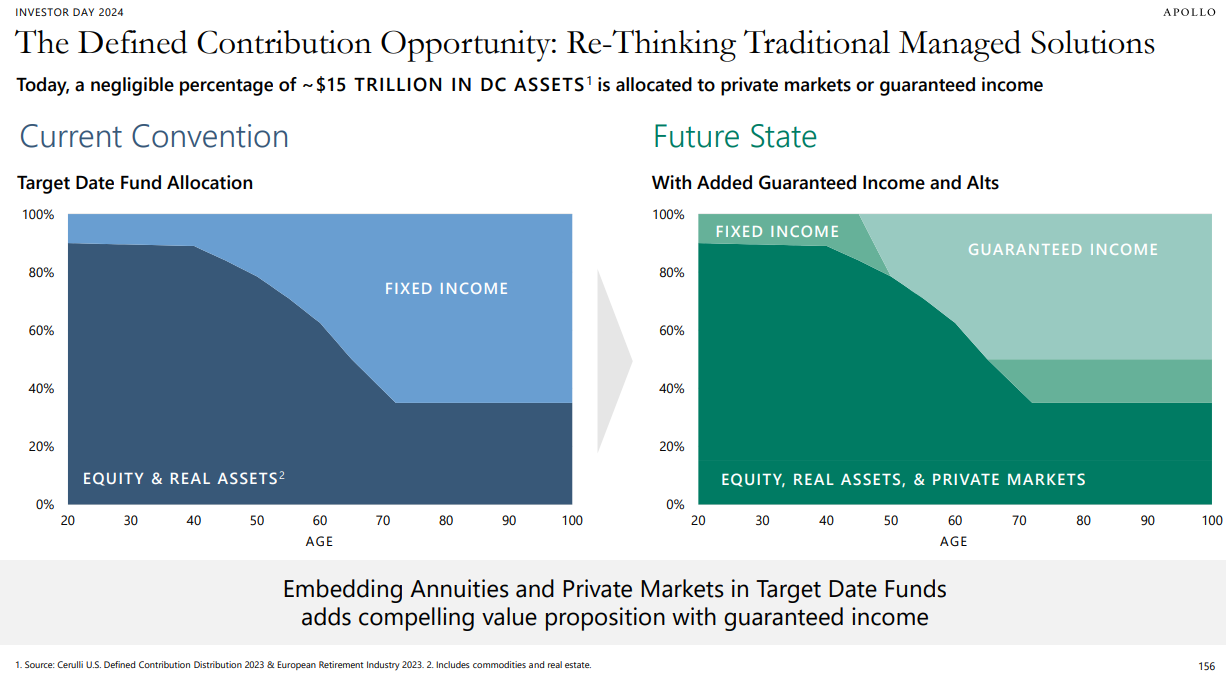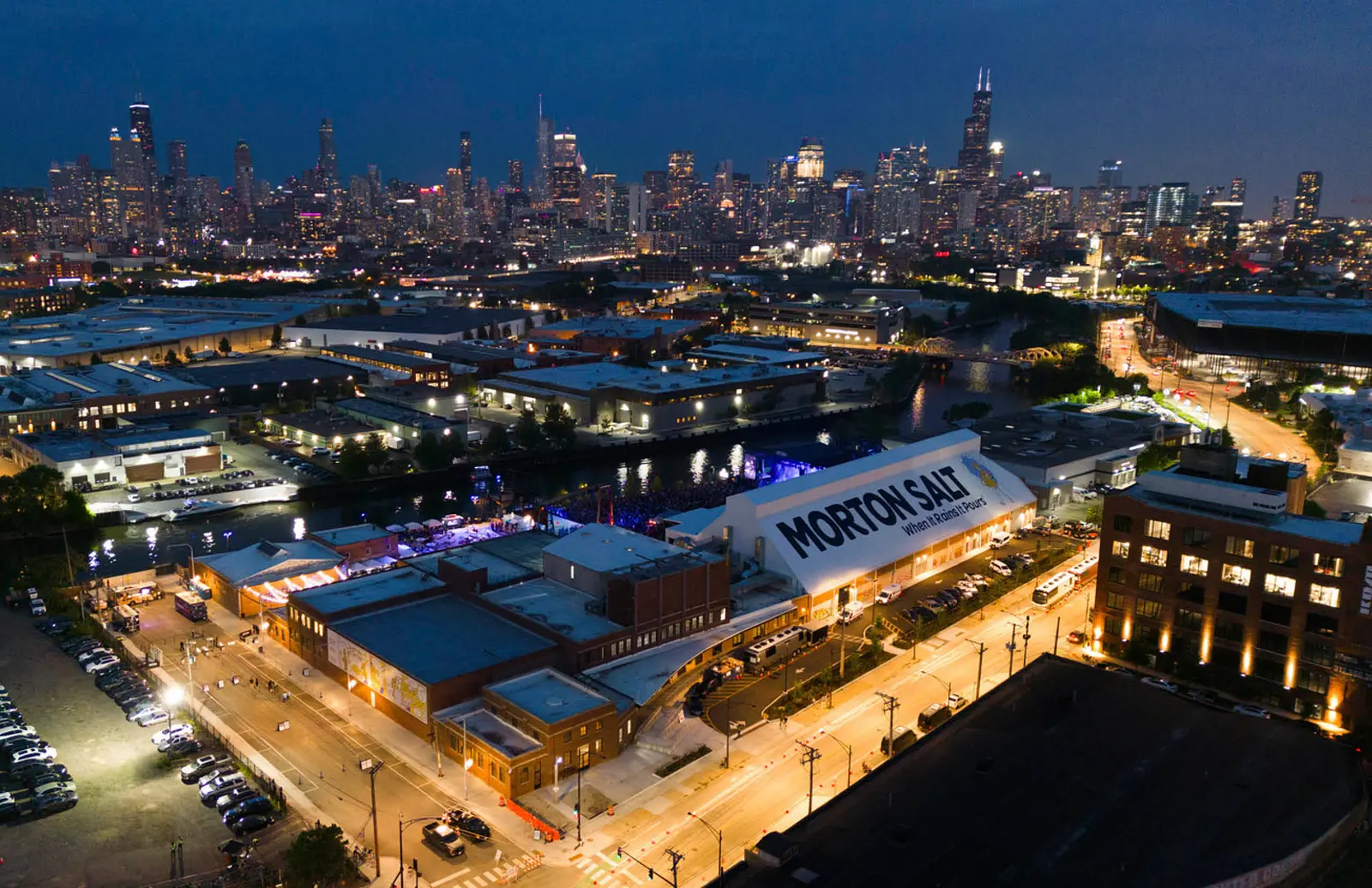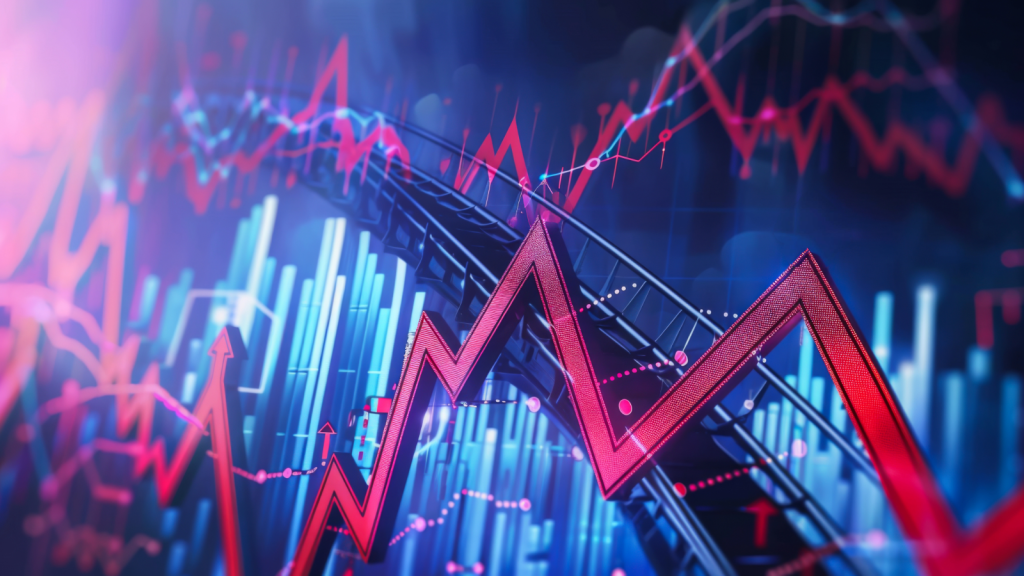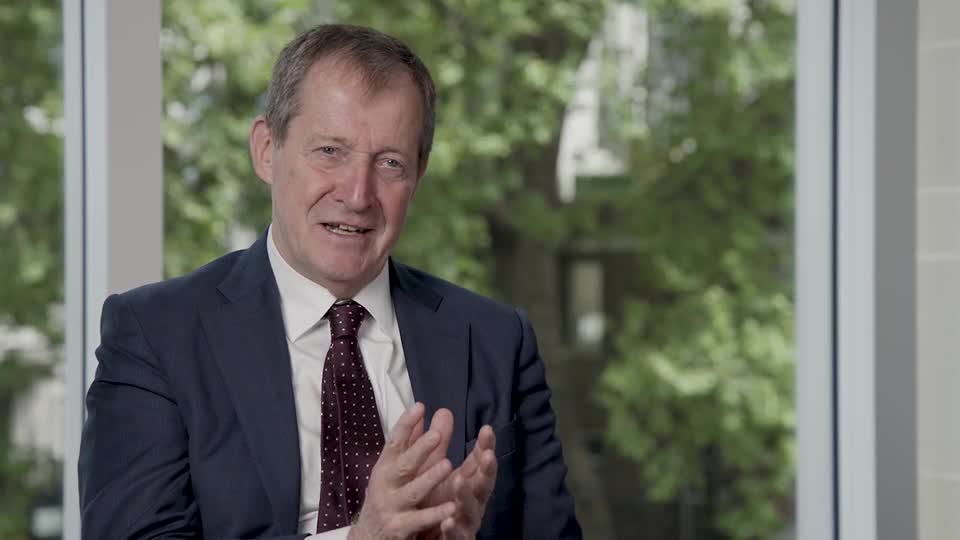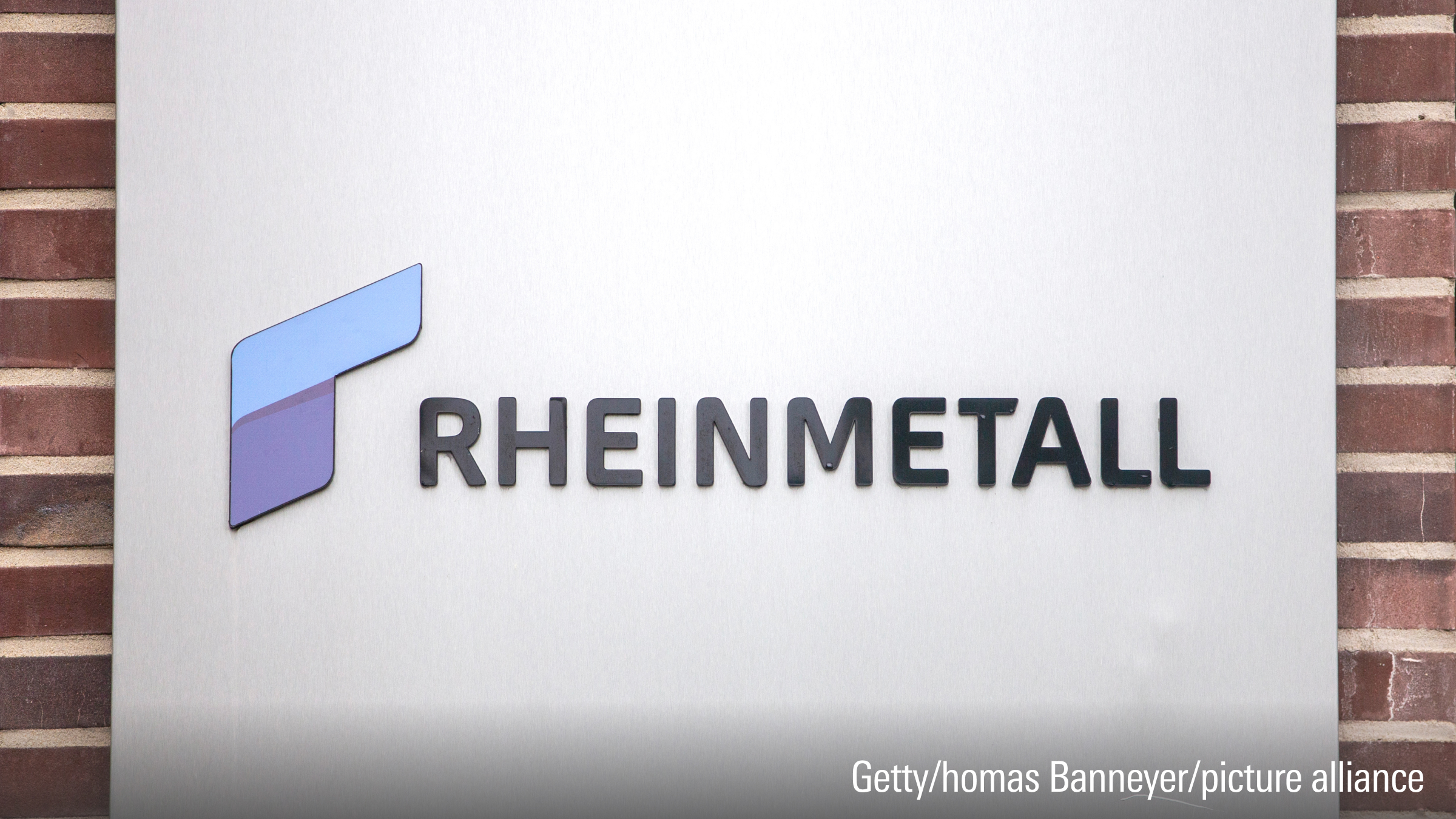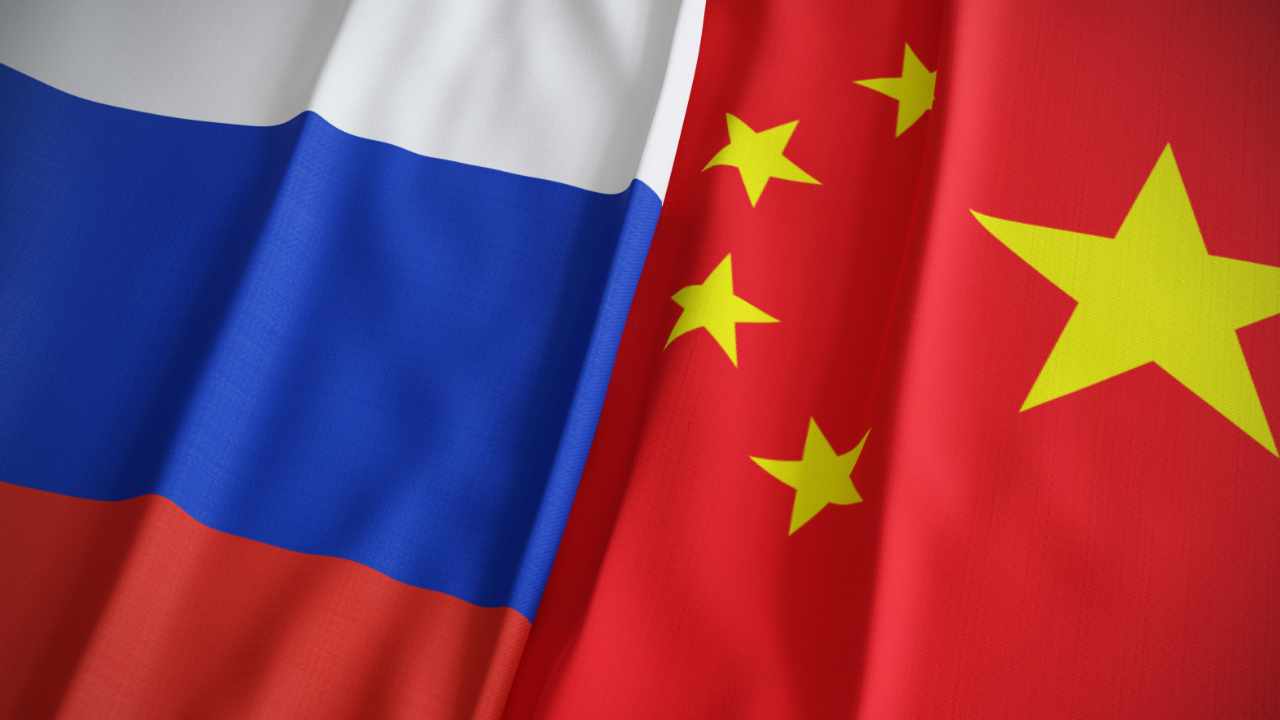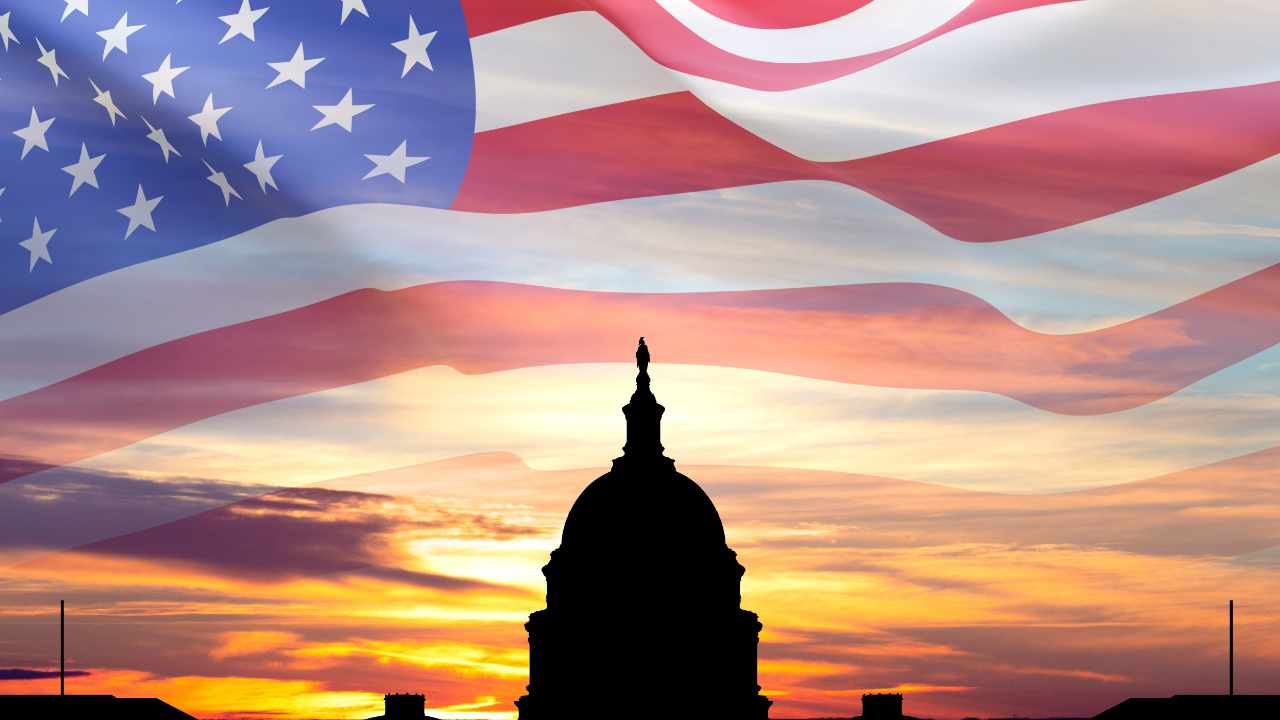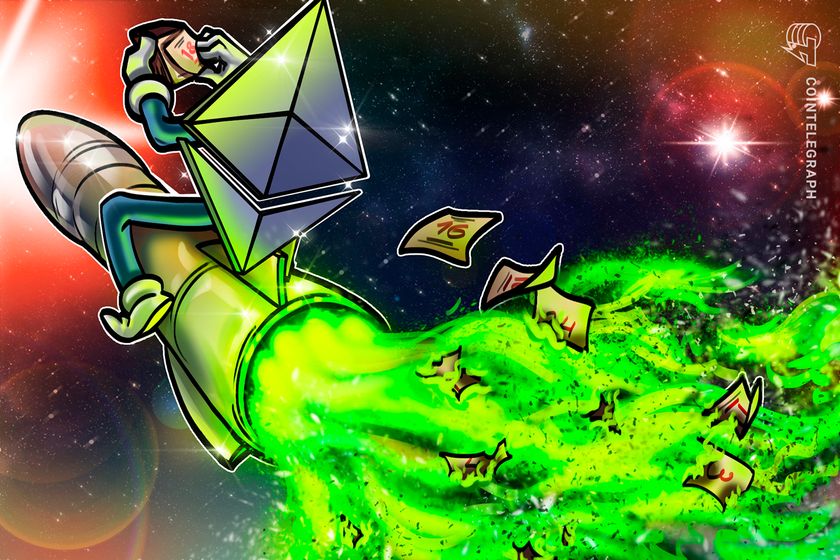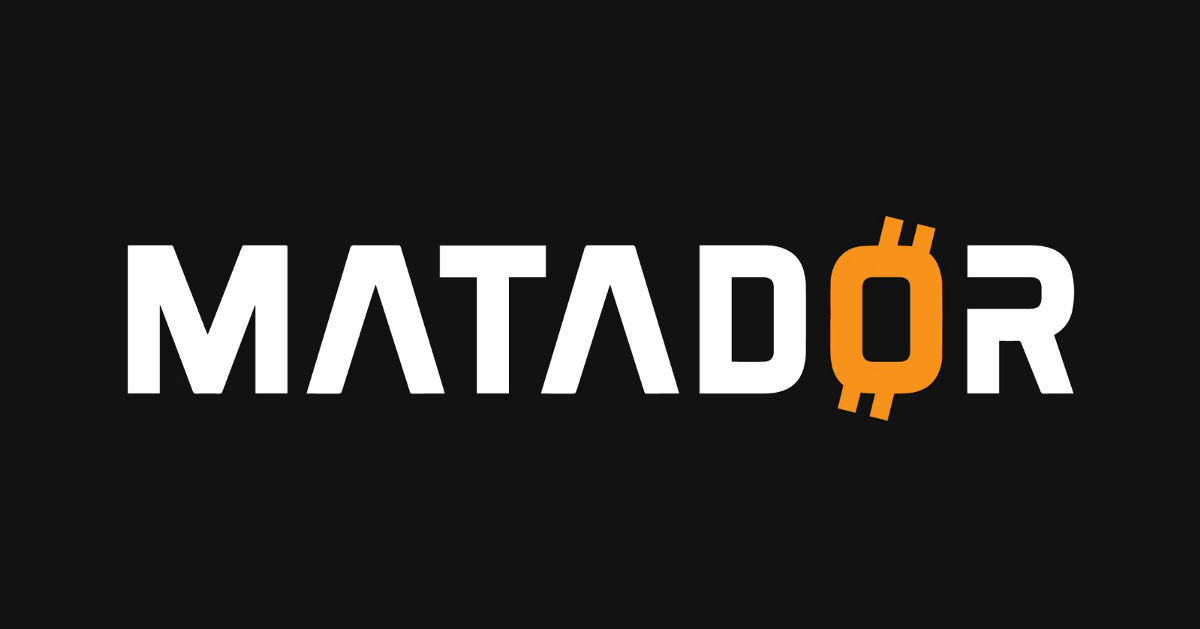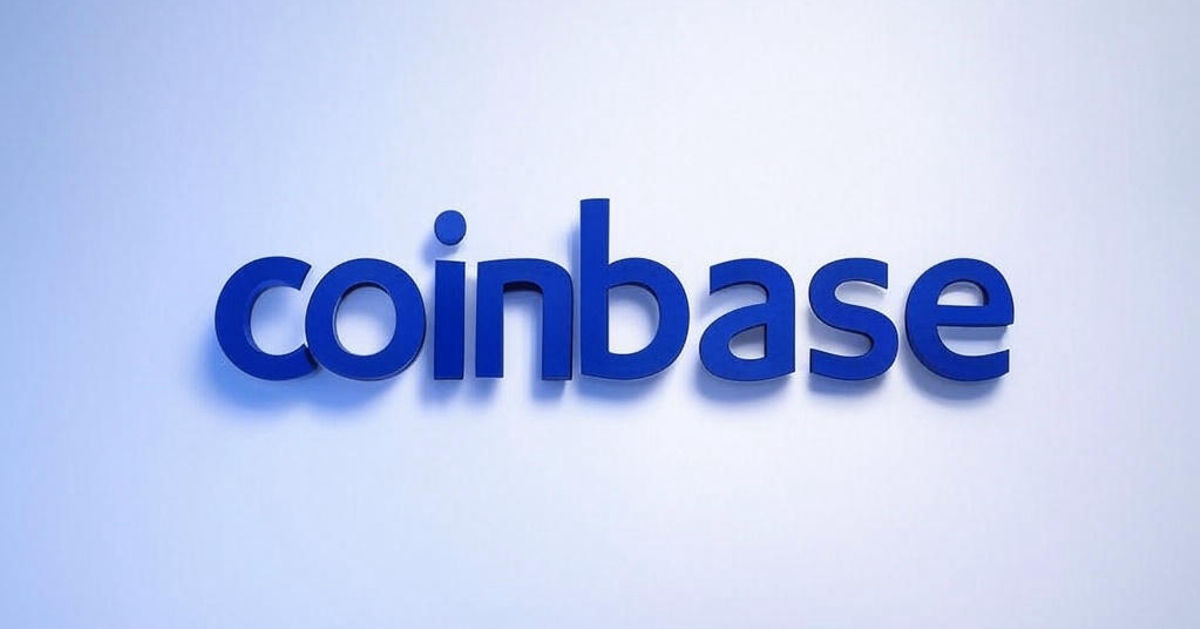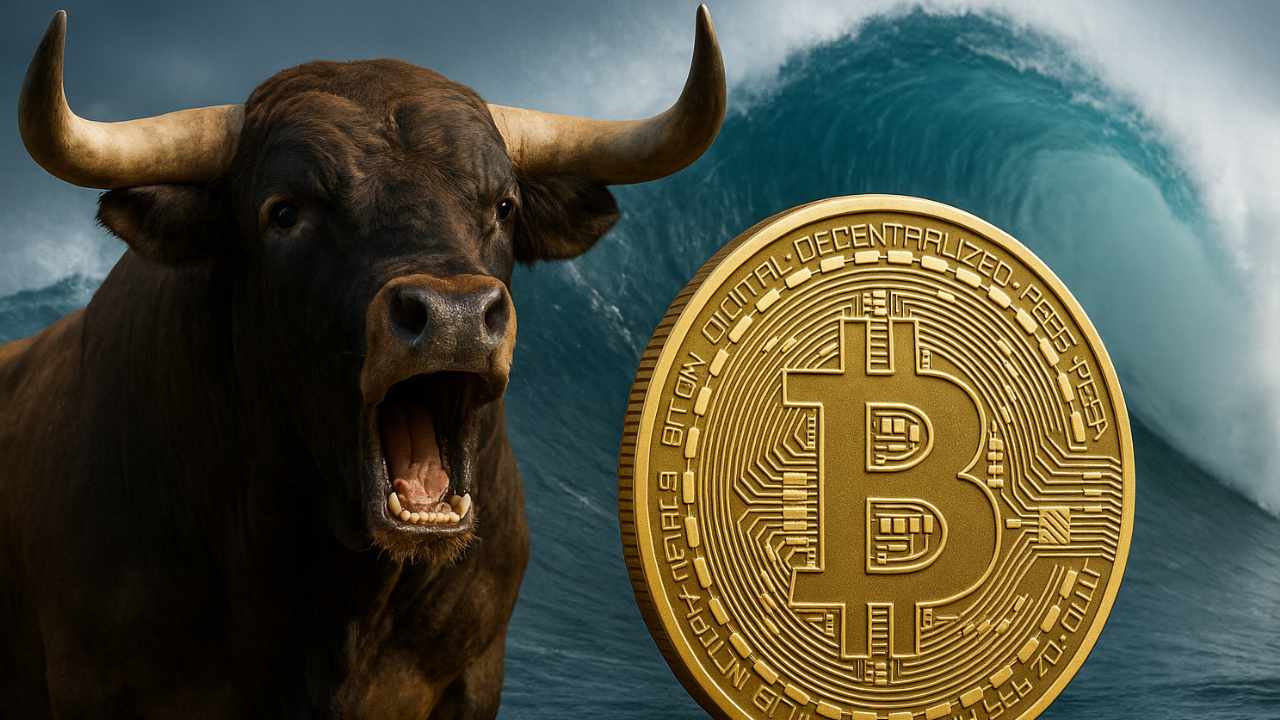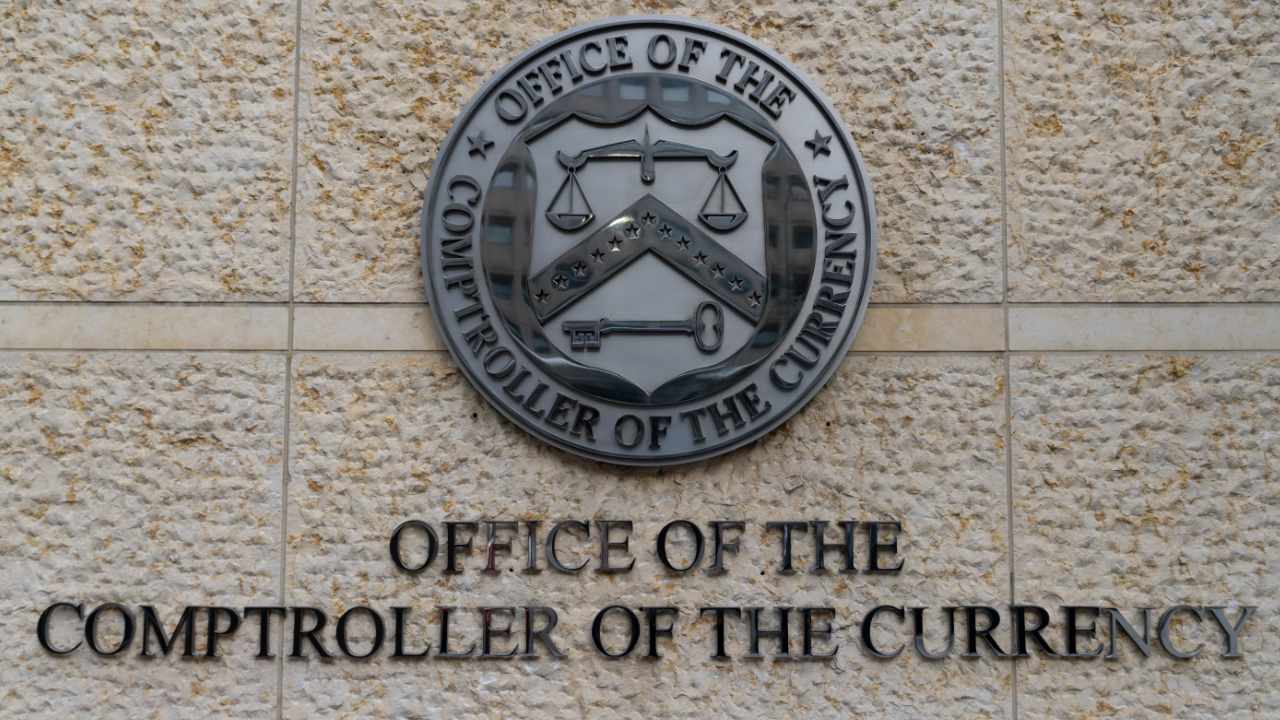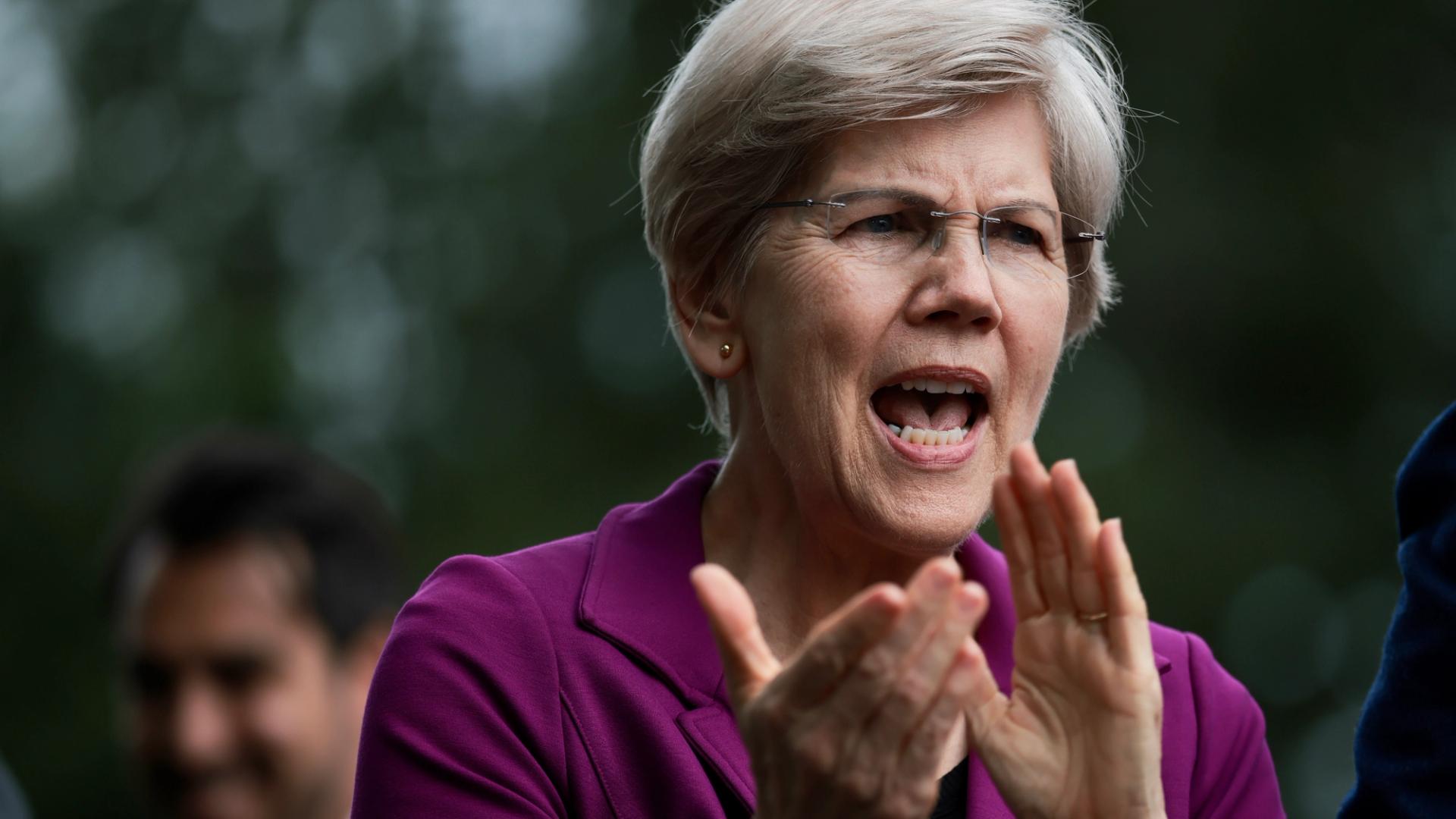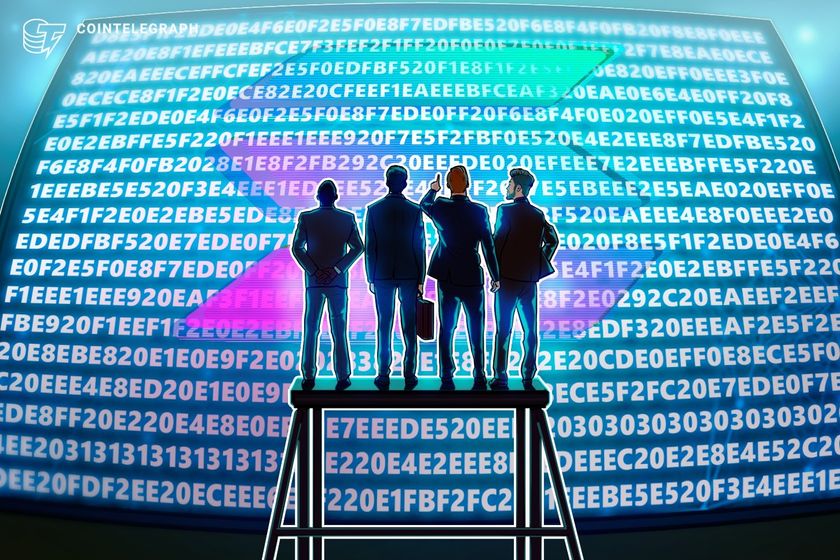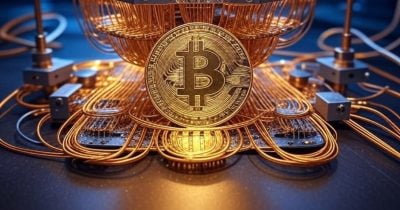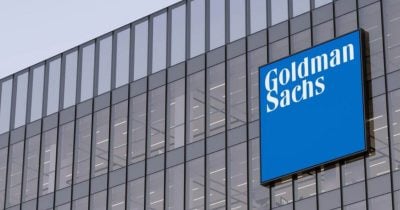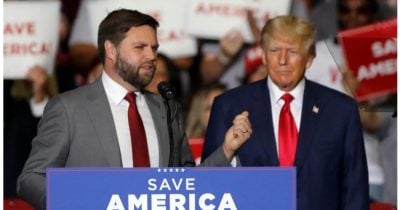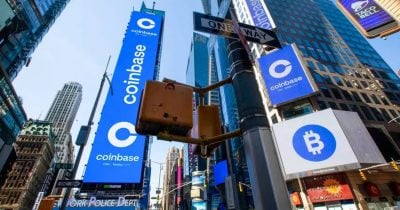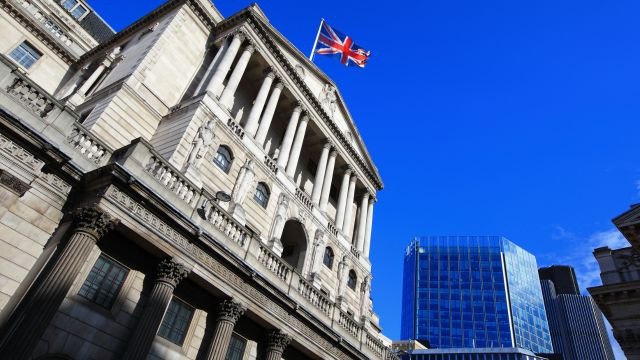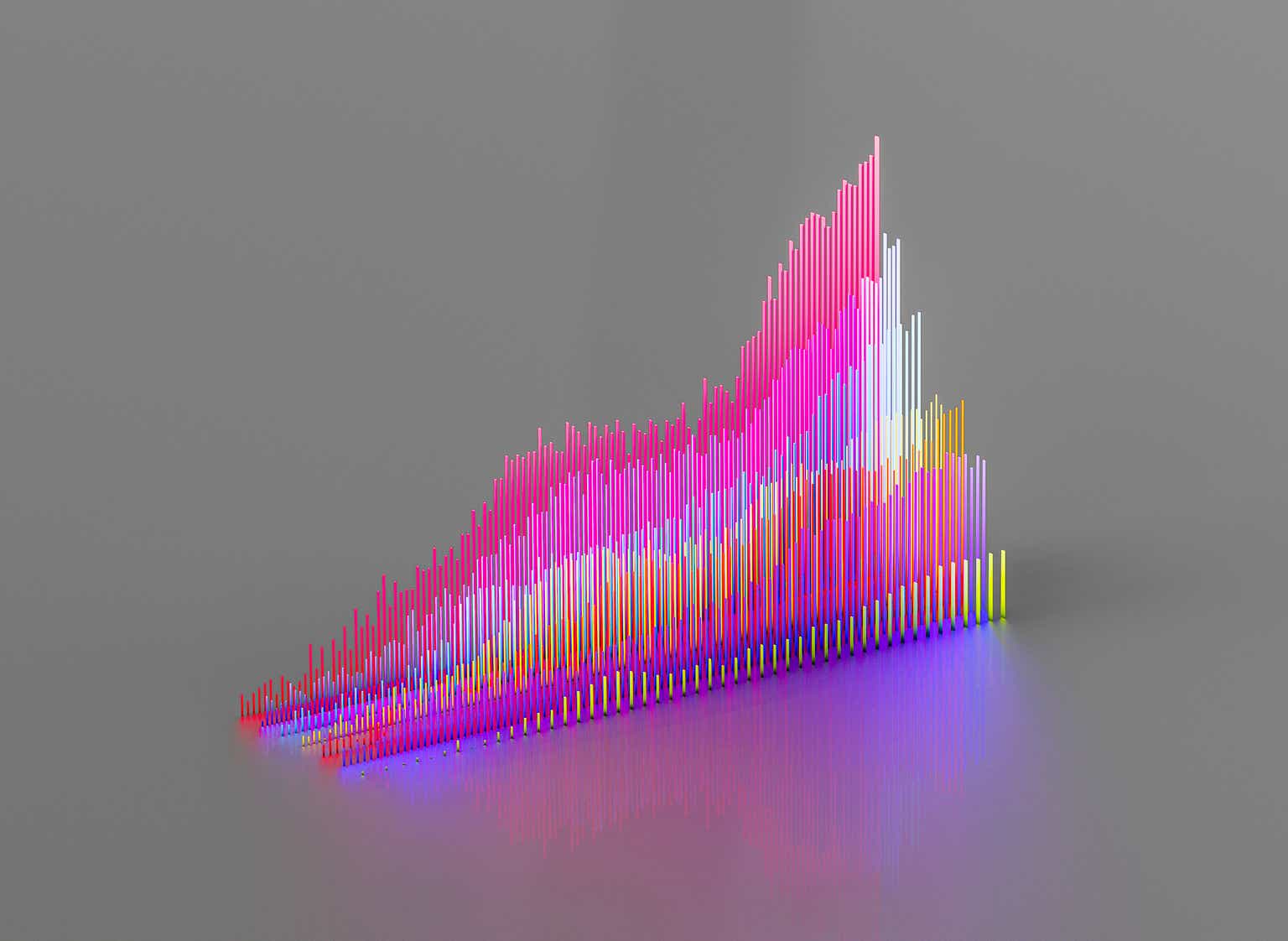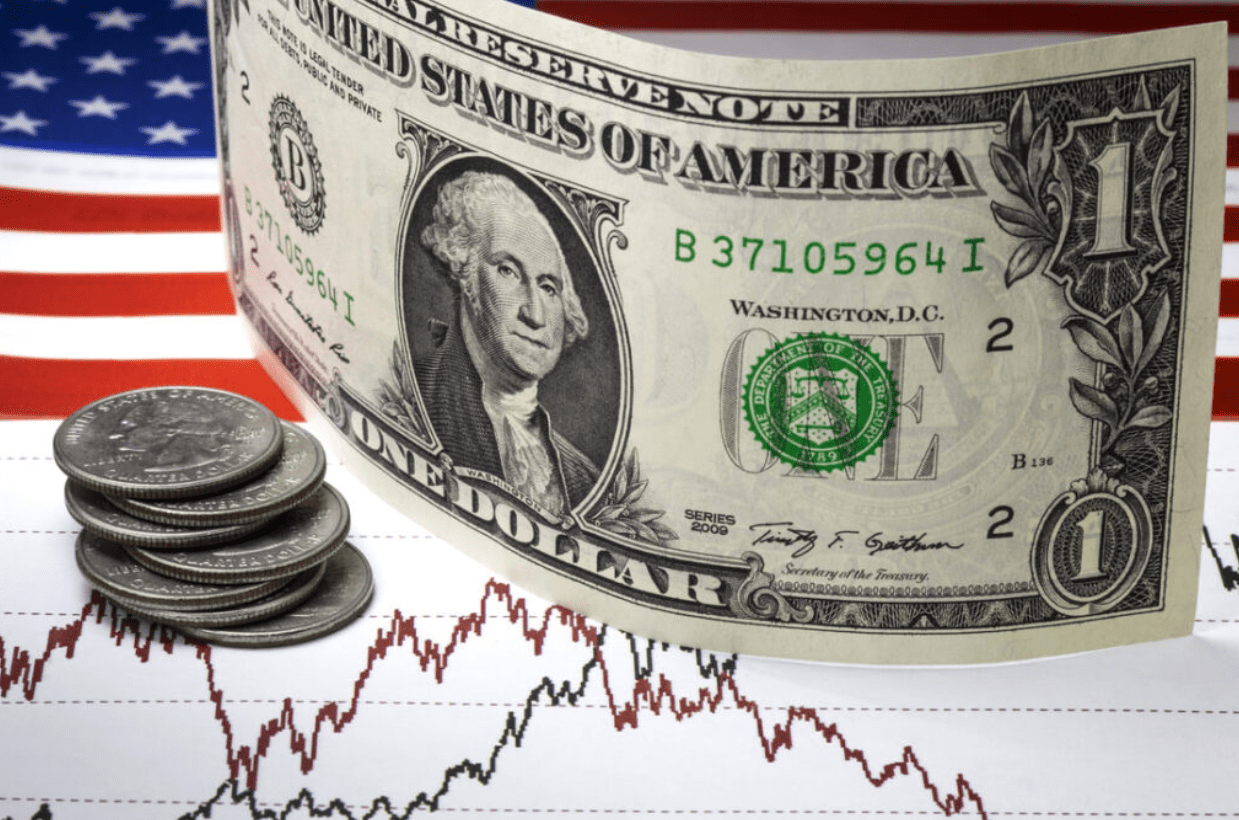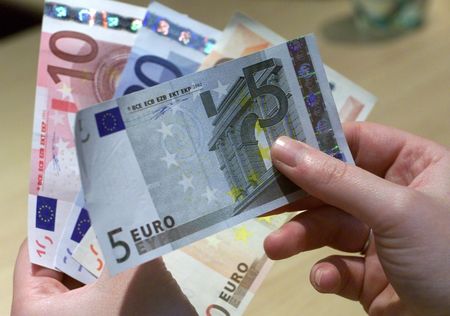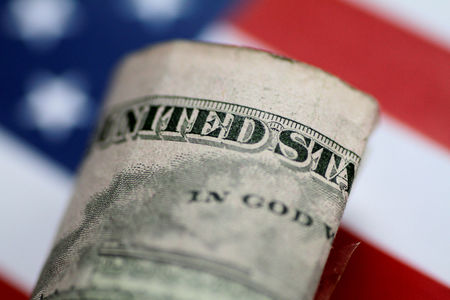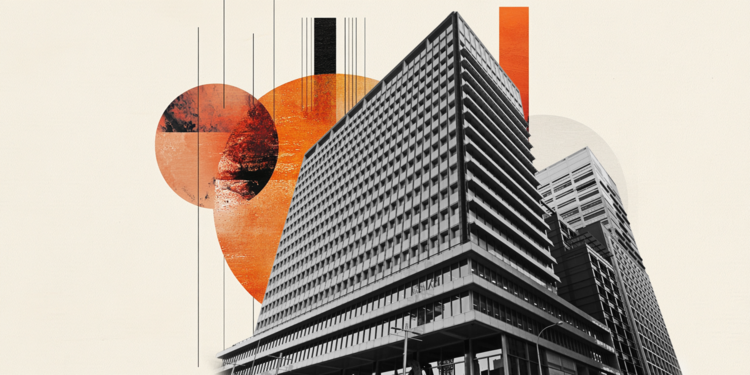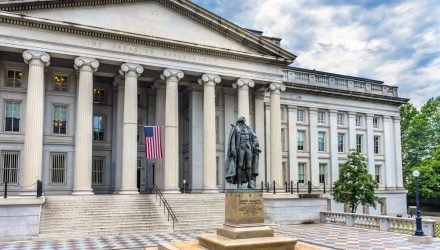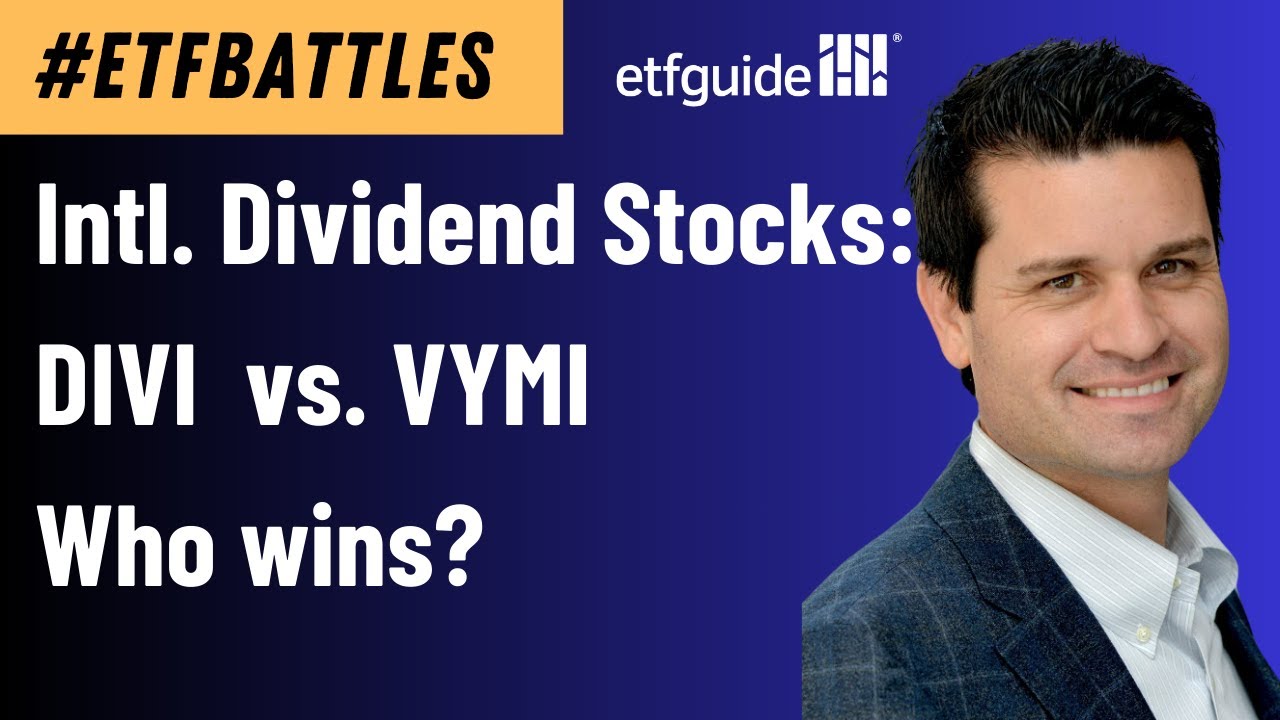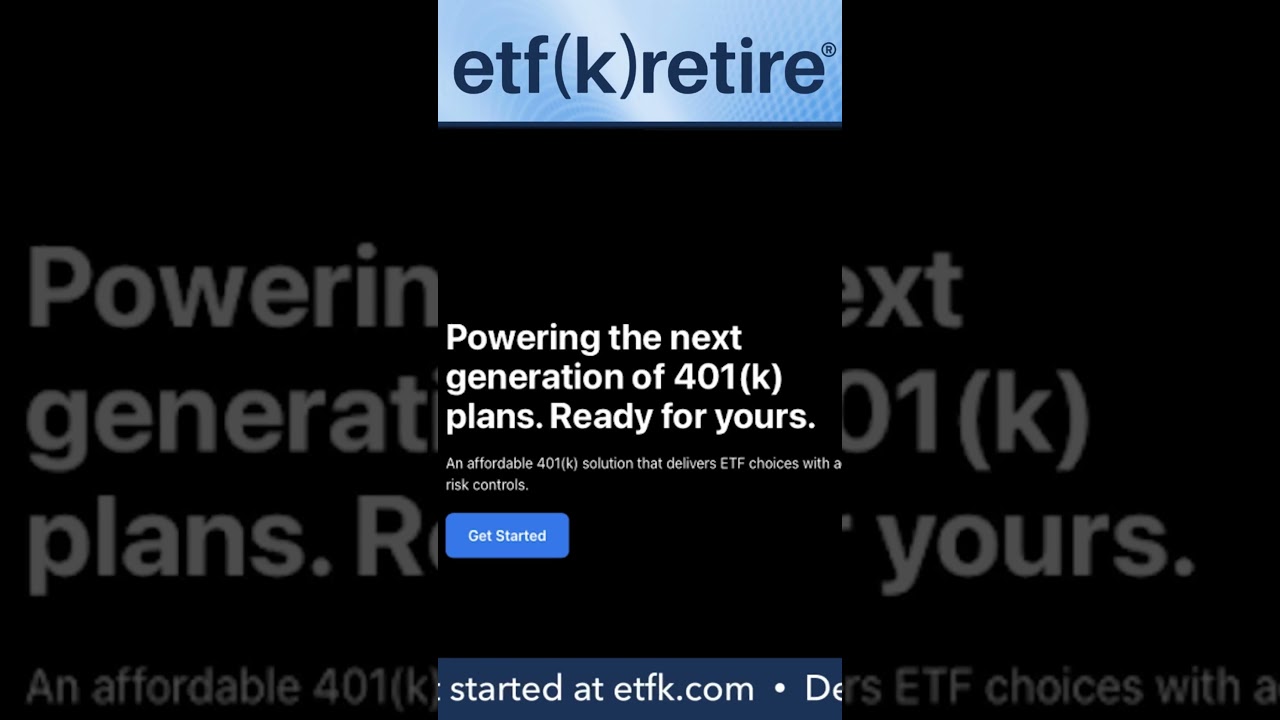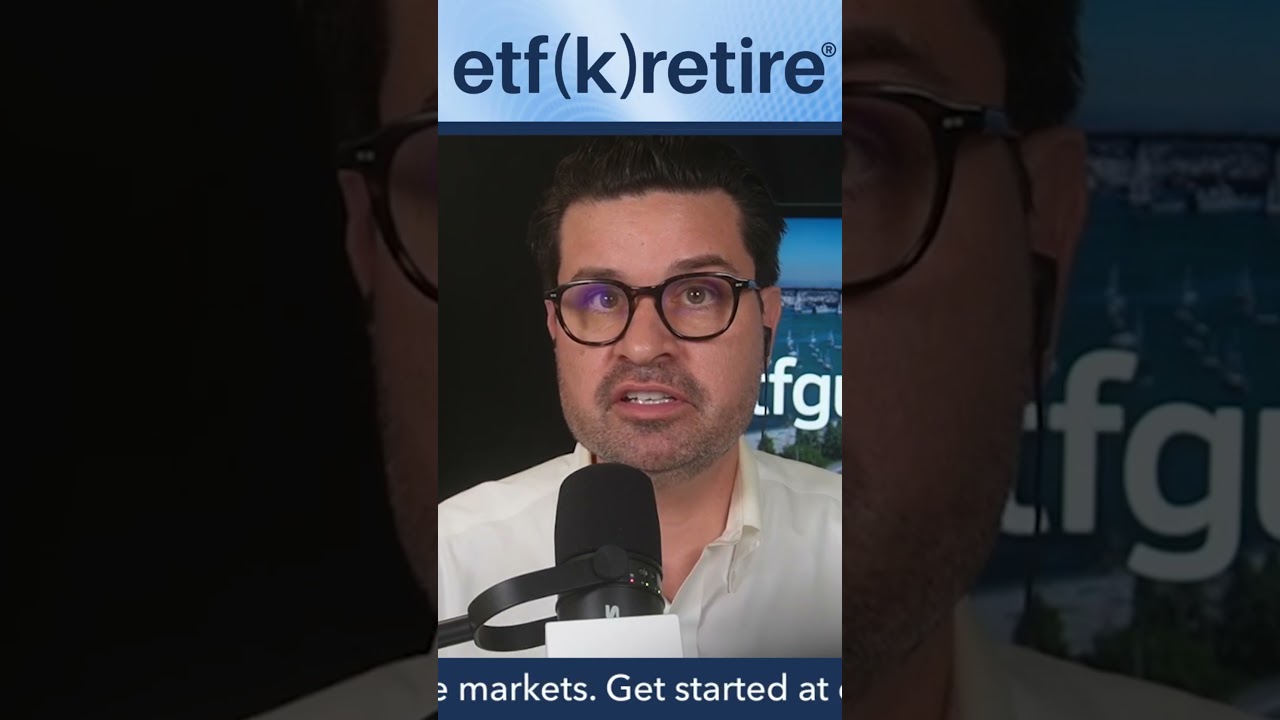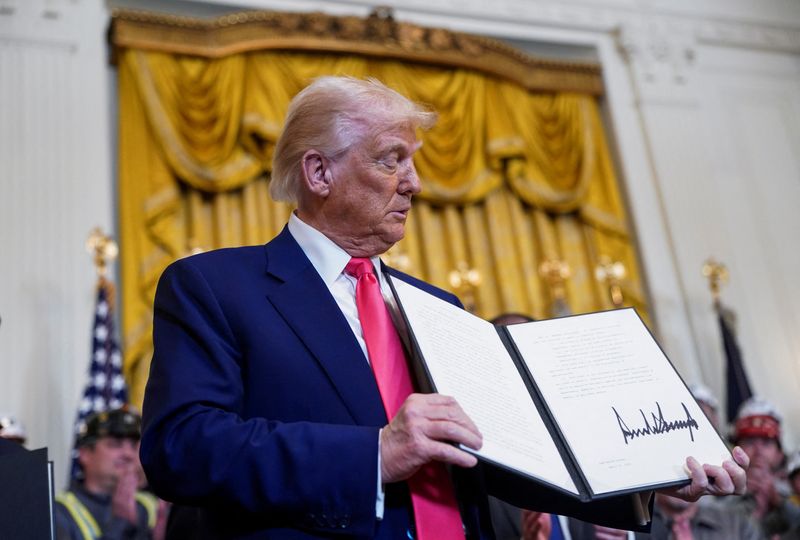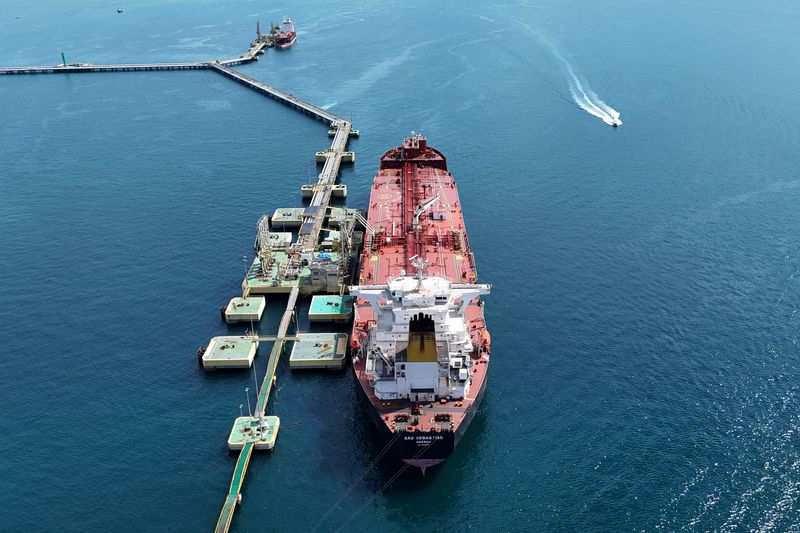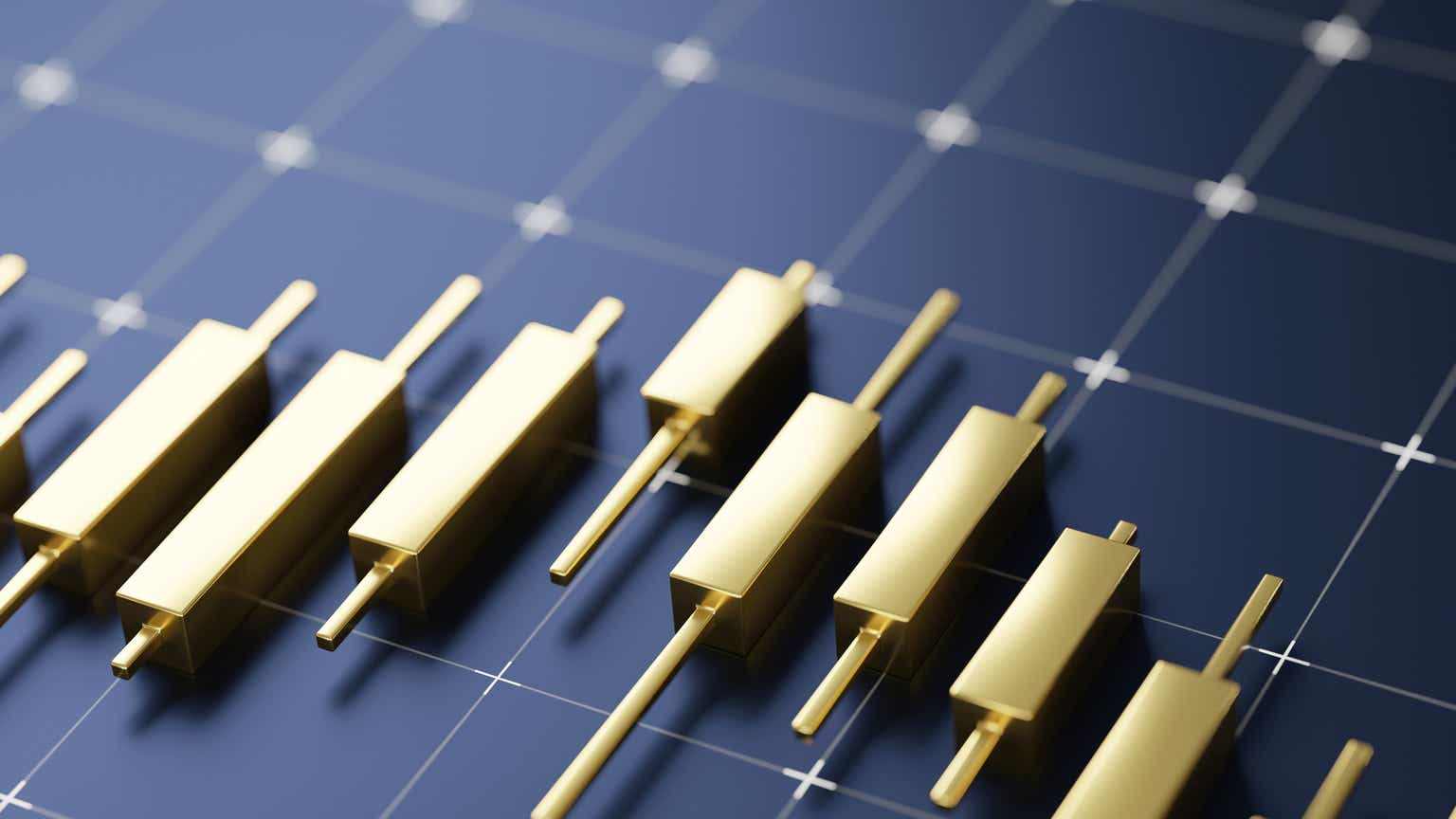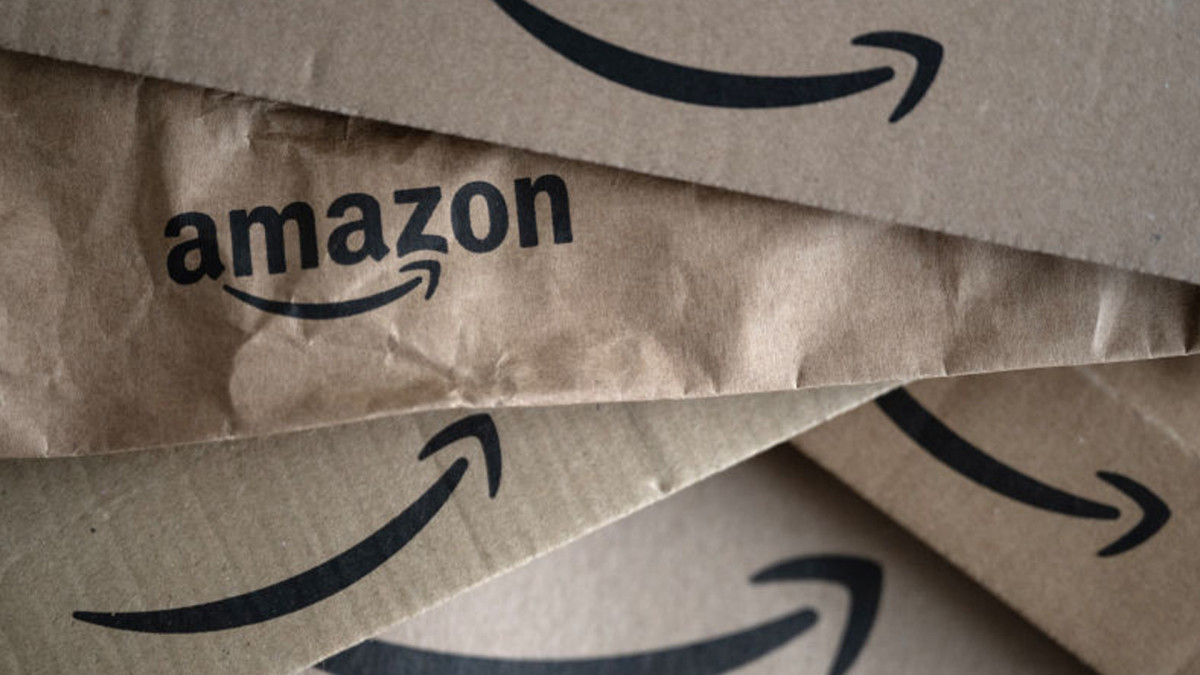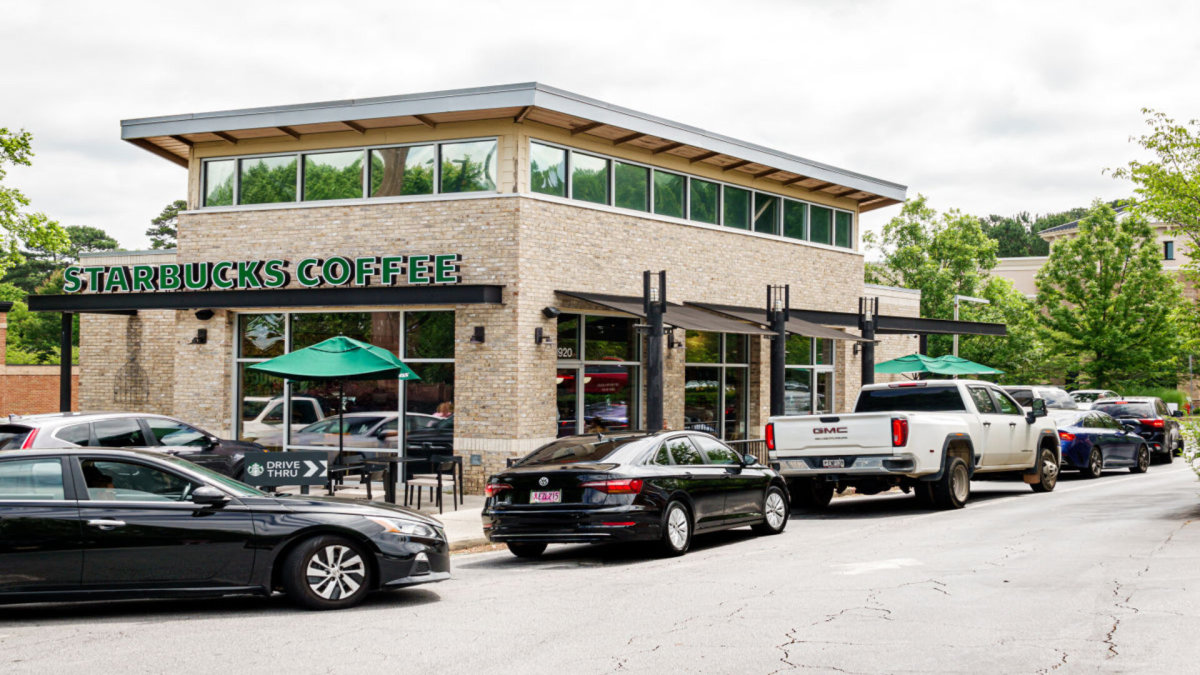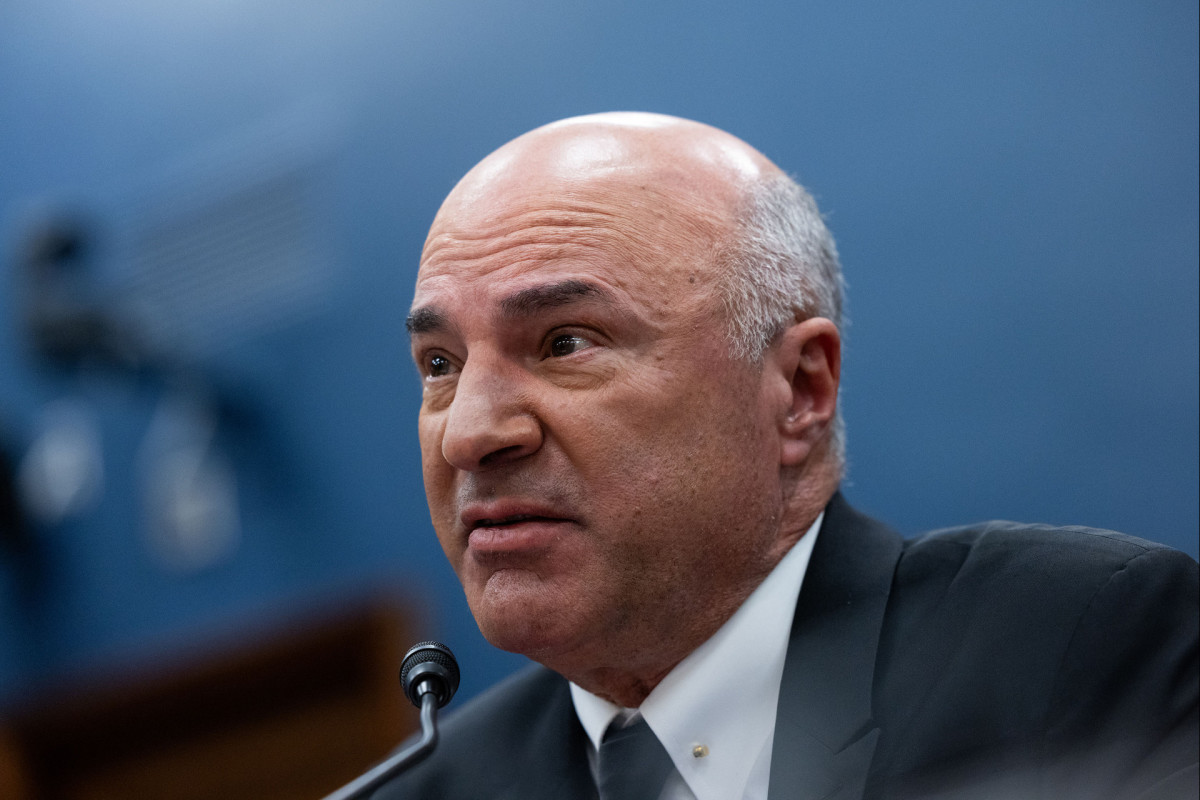Fed official sends strong message on inflation, jobs
A key Federal Reserve member shares thoughts on what's next for the U.S. economy.
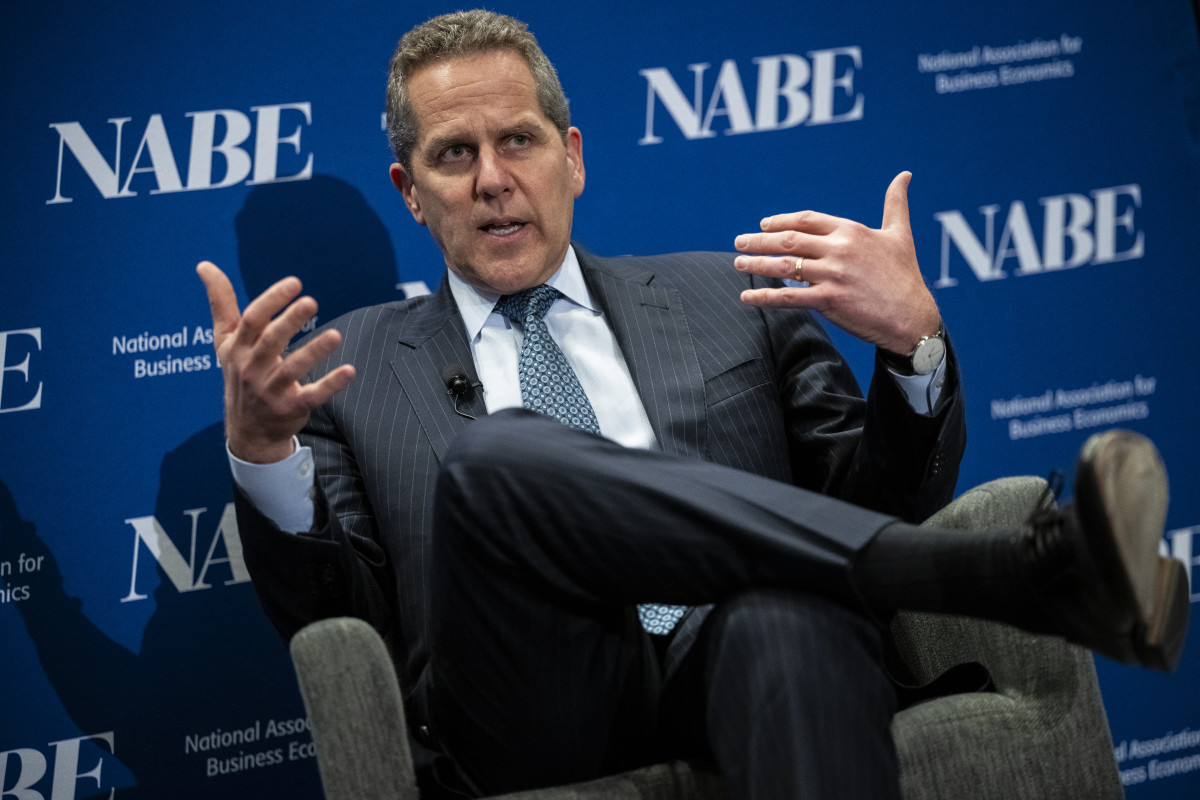
It hasn't been a lot of fun for consumers lately.
Cash-strapped because of skyrocketing inflation after unprecedented Covid-era supply-chain snarls and fiscal and monetary stimulus, households have tightened their belts, shifting spending to essentials.
Restaurant prices have soared, making eating out pricey, and interest-rate hikes in 2022 and 2023 left mortgage, auto-loan and credit-card rates at sky-high levels, pinching pockets.
Related: Goldman Sachs unveils tariffs prediction, recession forecast
Unfortunately, based on recent comments from influential Federal Reserve member Michael Barr, it may get even worse for Americans later this year.
The Federal Reserve is backed into a corner
In 2021, Federal Reserve Chairman Jerome Powell incorrectly said rising inflation would be transitory. It wasn't. And as a result, Powell was forced to shift gears in 2022, embracing the most hawkish monetary policy since Chairman Paul Volcker battled runaway inflation in the early 1980s.
Powell's restrictive rate hikes worked, driving inflation below 3% from above 8% in 2022, but they came at a cost. Increasing interest rates hurt consumers and businesses, causing them to retrench, slowing the economy and increasing layoffs.
Related: Analyst unveils shocking Fed interest rate cut prediction
The unemployment rate is still low but has climbed to 4.2% last month from 3.4% in 2023. In Q1 2025 about 497,000 Americans lost their jobs, the most since recession-riddled 2009, according to Challenger, Gray & Christmas.
Job losses caused the Fed to switch gears last year, cutting interest rates in September, November and December. However, those cuts dented inflation progress: The Consumer Price Index showed inflation at 2.4% last month, unchanged from September.
Unemployment and sticky inflation have backed the Fed into a corner, forcing it to the sidelines, uncertain of what to do next. Given President Donald Trump's aggressive tariff plans, the decision won't get any easier this year.
Trump imposed 25% tariffs on Canada, Mexico, and autos in February. He announced harsher-than-expected reciprocal tariffs on April 2, which he called Liberation Day. Trump paused most reciprocal tariffs on April 9 after the stock market went into free fall, but he appears committed to his tariff scheme.
Currently, China faces 145% import taxes, effectively shutting down trade with America and risking surging prices on everything from clothing to electronics.
More Economic Analysis:
- Fed inflation gauge sets up stagflation risks as tariff policies bite
- U.S. recession risk leaps as GDP shrinks
- Like it or not, the bond market rules all
Trump said trade talks with China would begin this weekend, and he's hinted that he might reduce tariffs to 80% soon. Regardless of his final number, however, tariffs will likely still represent the most significant tax increase in 60 years, according to hedge fund legend Paul Tudor Jones.
Many argue tariffs will pay for themselves in the long run through increased U.S. manufacturing activity, including jobs. Still, most economists say that building out previously shuttered U.S. manufacturing capacity will take years, and the tariff plans won't offset a likely pop in inflation in the short run.
Federal Reserve Governor Barr predicts more inflation is coming
Uncertainty is a big problem for consumers and businesses. Absent clarity, households and businesses are likely to halt their spending plans, especially if costs are likely to rise in the wake of tariffs.
Related: Donald Trump's surprising message sends stocks surging
“The size and scope of the recent tariff increases are without modern precedent," said Federal Reserve Governor Michael Barr. "We don’t know their final form, and it is too soon to know how they will affect the economy."
That uncertainty leaves many making educated guesses about how things might shake out. Barr, who has been navigating the U.S. economy for decades, is better positioned to draw conclusions than most.
“In my view, higher tariffs could lead to disruption to global supply chains and create persistent upward pressure on inflation,” said Barr.
Big businesses have deep pockets that might allow them to duplicate supply chains more quickly than small and midsized businesses, which particularly might suffer from tariff aftershocks. But even big companies are likely to pause expansion plans, including hiring, until they see the result of any upcoming trade deals.
“I am equally concerned that tariffs will lead to higher unemployment as the economy slows,” said Barr. “The [Fed] may be in a difficult position if we were to see both rising inflation and rising unemployment.”
The Fed's dual mandate is to set interest rates that balance low inflation and maximum employment. As we've seen in the past three years, those can be competing goals.
Last month, Fed Chairman Jerome Powell acknowledged the difficult situation facing the policy-making Federal Open Market Committee, saying in April, "We may find ourselves in the challenging scenario in which our dual-mandate goals are in tension."
Related: Veteran fund manager unveils eye-popping S&P 500 forecast




